Free Transition Templates
By Kate Eby | September 25, 2018
- Share on Facebook
- Share on LinkedIn
Link copied
Download professionally designed, free templates for business and project transition planning. Choose from a range of the most popular customizable templates for business, including transition plans for specific jobs, organizational changes, business planning, and ongoing projects.

Role Transition Plan Template
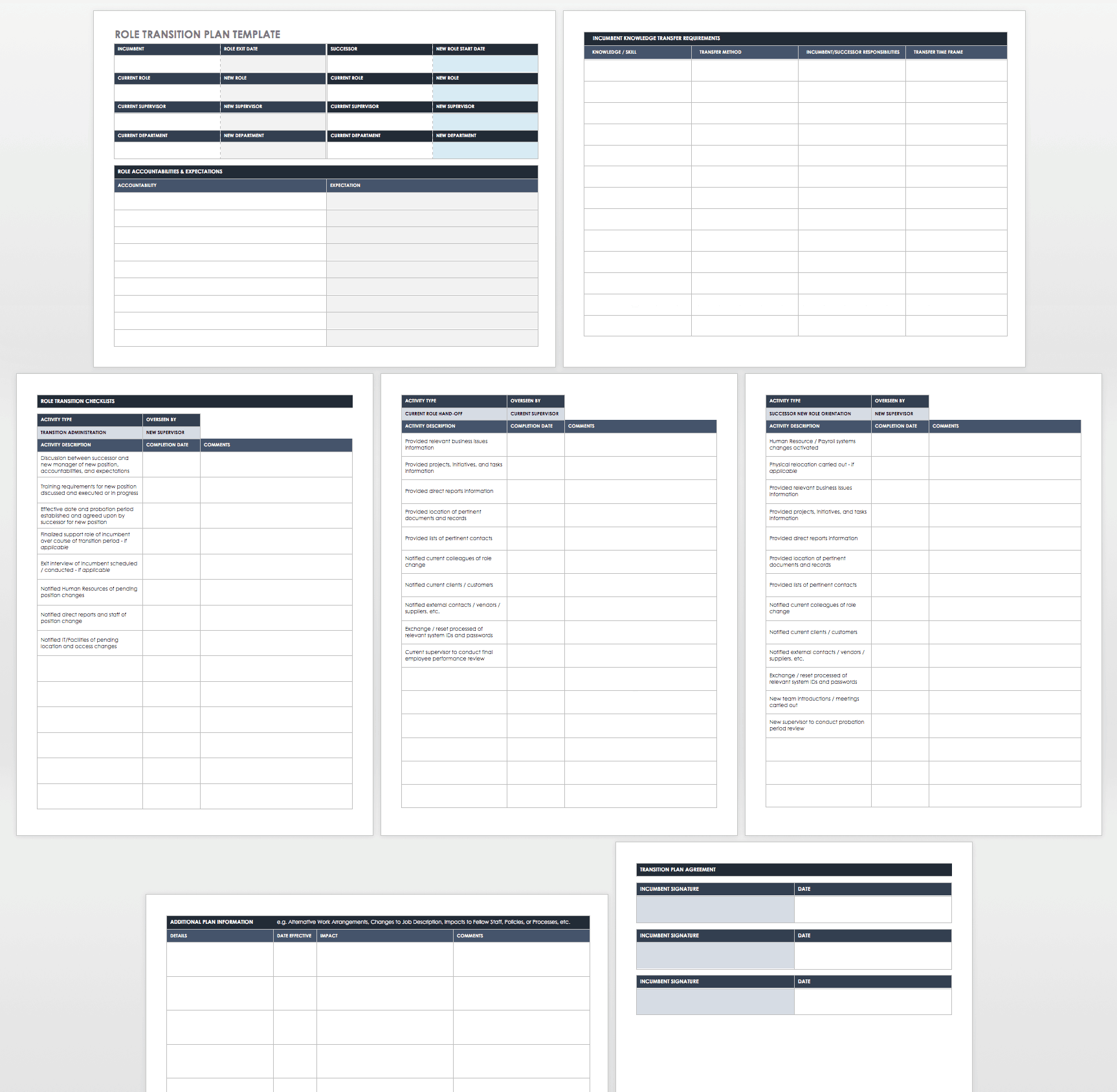
Use this template as a leadership transition plan template or to transition staff into and out of any role. The template provides an outline for adding your own details related to role responsibilities, knowledge transfer, and implementation schedule. The layout includes a checklist to help you create and track your transition timeline.
Download Role Transition Plan Template
Excel | Word | PDF | Smartsheet
Transition Planning Template with Calculator

Calculate the time needed for each aspect of a transition with this employee transition plan template. Enter your estimates for the amount of time required for training, transferring assignments, and other activities, and the calculator will automatically show the breakdown along with the overall timeline. This template can also be used by incumbents to track the amount of time spent on various tasks so that successors can get an idea of the responsibilities and time commitments required for a given job.
Download Transition Planning Template with Calculator
Excel | Smartsheet
Project Transition Plan Template

Fill out this simple spreadsheet to create an organized project transition plan. Sections are provided for listing goals, risks, transition team roles, tasks, and training requirements. Add starting and ending dates next to each item for a clear timeline. If you need more comprehensive plan, insert additional rows for a customized transition template.
Download Project Transition Plan Template
Knowledge Transfer Template
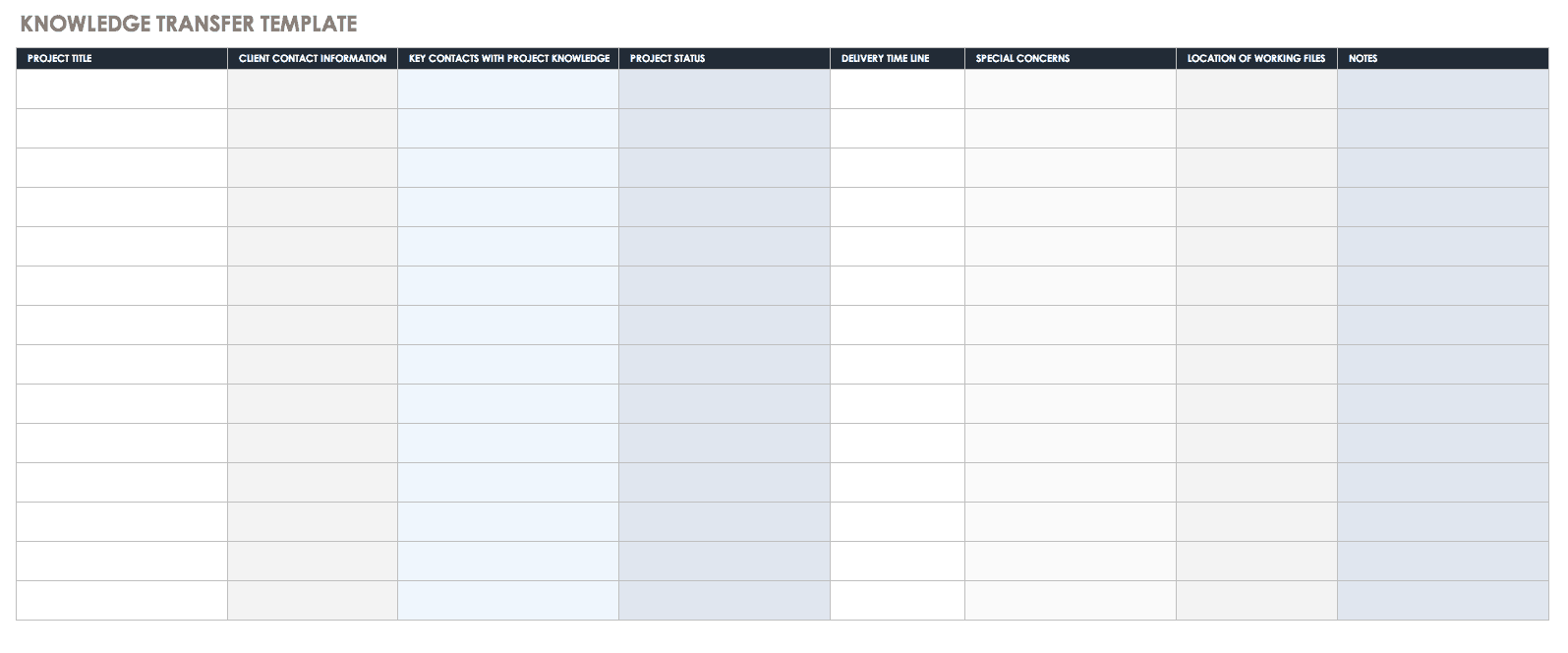
This template is intended for consolidating knowledge into a single spreadsheet that you can easily share with colleagues. Incumbents can enter information about current projects, important contacts, deadlines, issues, and documents that successors will need to access. There is also space to add comments, and you can modify the template to include additional columns.
Download Knowledge Transfer Template — Excel
Business Transition Plan Template
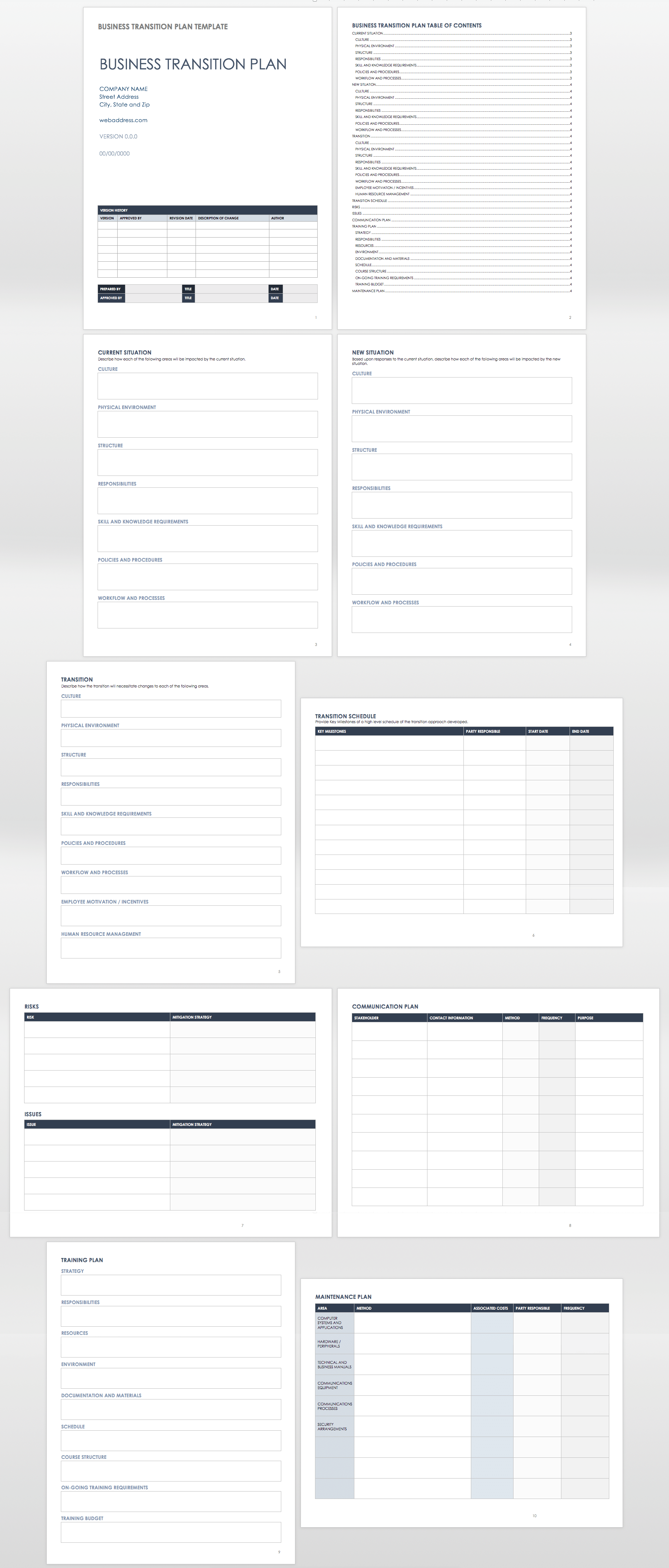
This business transition planning template provides a detailed outline to guide your strategy and planning efforts. Add your own copy to describe the situation and changes taking place, the impact of the transition on different business elements, the timeline for implementing the plan, communication issues and strategies, and other details. You can also use this template for organizational changes that may have a widespread impact on a business.
Download Business Transition Plan Template — Word
Contractor Transition Plan Template
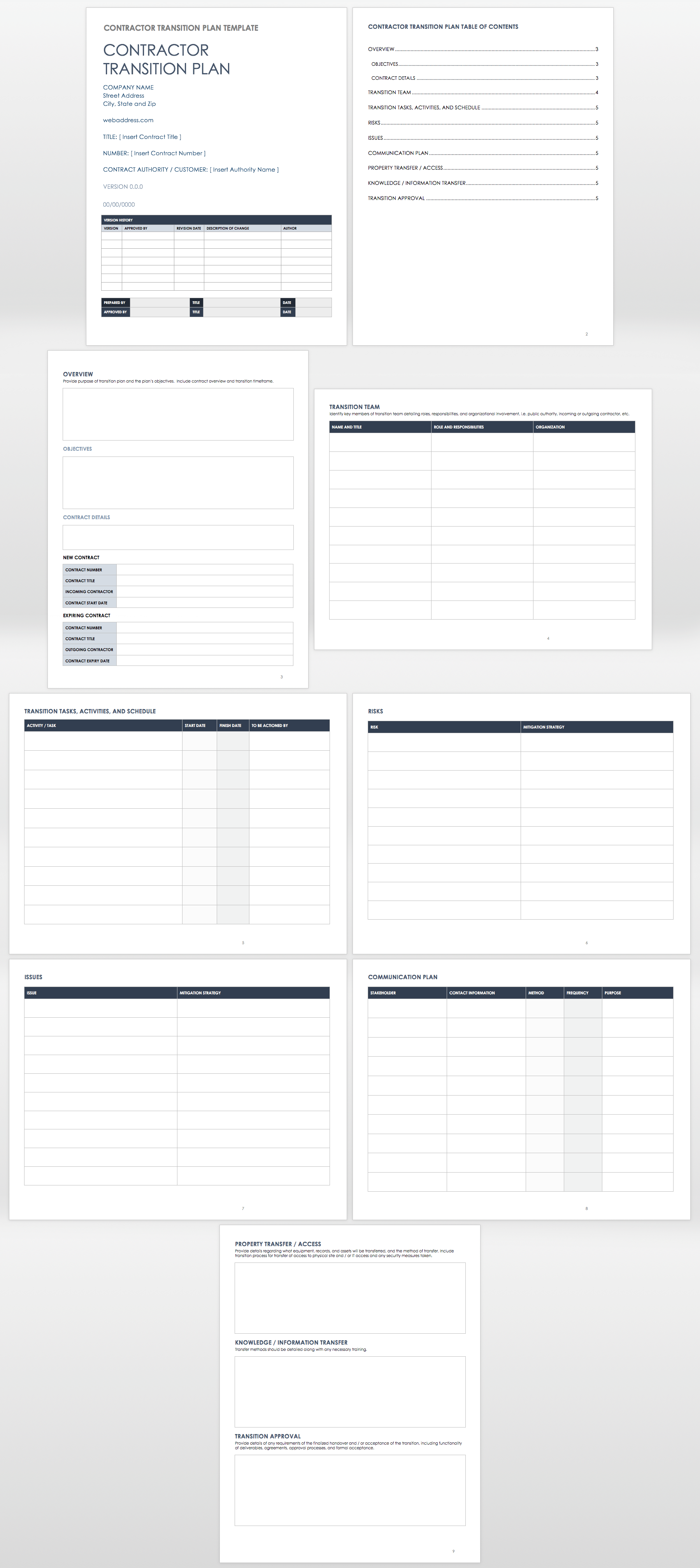
Use this job transition plan template to manage a role shift from an outgoing contractor to an internal team member. Describe the purpose of the transition plan and its objectives, contract details, risks, knowledge transfer, and a schedule of related activities. This is similar to other work transition plan templates, but it is specifically designed for contract employees.
Download Contractor Transition Plan Template
What Is a Transition Plan for a Company?
A transition plan is a document that helps companies navigate changes such as retirement or resignation from leadership roles, structural changes within an organization, mergers with other companies, or transitions between stages of business planning. While the types of changes and level of risk may vary among organizations, transition planning is important for all companies in order to anticipate and facilitate successful change.
Additionally, transition plans can help an individual navigate career changes and ensure that leaving a job is done well. Planning also helps to pass knowledge down to successors so that expertise is retained.
What Is a Management Transition?
A management transition can refer to employees moving into management roles, whether high-level executive positions or lower-level jobs. This transition may occur due to a business owner retiring or selling a company, business growth leading to a need for new managers, or career changes due to promotion or other factors.
What Is a Transition Strategy?
Transition strategies vary depending on the business context and type of change. There are numerous scenarios that could lead to major transitions — a CEO’s retirement, company performance issues, or the growth of a new startup — and each requires a different strategy in order to manage the change effectively. There is no one-size-fits-all transition strategy; rather, you should tailor your plan to your specific business needs.
Part of transition planning is to think strategically about business objectives, management needs, and potential risks so that transitions can be handled in a way that works for the business — rather than against it.
What Is Included in a Transition Plan?
Whether you’re making a transition plan for leaving a job, starting a new job, shifting employee roles, or other work transitions, using a template provides an outline to follow. The transition plan document may also include signature lines to show agreement among the incumbent, supervisors, and other parties involved. Business transition plans may also provide information about organizational readiness, business value, or detailed change control procedures, depending on the nature of the transition.
Here are examples of items to include in a plan for dealing with staff transitions:
- Duties and Responsibilities: These can be ongoing, such as meetings that are regularly attended, as well as non-recurring activities, and can be organized into daily, weekly, monthly, and annual tasks. Note responsibilities so that work can continue uninterrupted during a role transition.
- Assignments: This includes descriptions of current projects in progress and the status of each, coworkers and other important contacts involved, upcoming deadlines, and expected deliverables.
- Key Contacts: Internal or external relationships may be vital to the job. Passing these contacts to a successor helps to maintain these relationships and keep business running smoothly.
- Knowledge Transfer: This section starts with a list of key knowledge and skills required for the position, which may include the use technology and specific processes. Also document how you’ll transfer that knowledge, a timeline for transitioning knowledge, and training plans. You may present this list as a checklist to break down knowledge transfer steps and provide an action plan.
- Issues and Risks: This area may include current issues that the position is dealing with or potential risks that need to be considered.
Use a project transition plan when shifting from one project phase to another, when changing to a new manager, or for other changes, such as implementing new technology into a current project. Here is a sample of some of the elements commonly included in a project transition plan:
- Project Scope: A transition plan may include an overview with a description of the project, the expected impact of the transition, and supporting documentation.
- Logistics: This section describes required resources such as software, staffing needs, or facilities to be used. It may also cover maintenance and support requirements related to computer systems, technical equipment, security, and related contracts. A maintenance plan may also include associated costs and budget details.
- Communication Plan: Some plans include communication plans for both staff and stakeholders. You can also use this section to define procedures for reporting and other communications during the transition.
- Risks: Once you identify risk factors, list them based on priority along with mitigation plans. Be sure to update the transition plan as issues arise and to track the progress of mitigation plans.
- Key Staff: Transition team members are often listed along with contact information and descriptions of their roles. You may also document changes in responsibilities.
- Transfer of Knowledge: New skills and associated training may be needed to help staff adjust to project updates, new equipment, or role changes.
- Product Delivery: If relevant, the plan may provide details on the release process for deliverables, such as data migration, testing, and problem resolution for software products.
- Implementation: A schedule for implementation outlines the steps involved along with a timeline for each activity.
- Transition Acceptance: This may be a section to get approval from the project manager and other stakeholders, or specific to a customer that needs to accept the transition plan before implementation can proceed.
Depending on the scope of a project or the type of transition, planning can be a complex and time-consuming process, but the importance of using a strategic approach and creating thorough documentation can’t be overstated.
Improve and Monitor Transition Plans with Real-Time Work Management in Smartsheet
Empower your people to go above and beyond with a flexible platform designed to match the needs of your team — and adapt as those needs change.
The Smartsheet platform makes it easy to plan, capture, manage, and report on work from anywhere, helping your team be more effective and get more done. Report on key metrics and get real-time visibility into work as it happens with roll-up reports, dashboards, and automated workflows built to keep your team connected and informed.
When teams have clarity into the work getting done, there’s no telling how much more they can accomplish in the same amount of time. Try Smartsheet for free, today.
Discover why over 90% of Fortune 100 companies trust Smartsheet to get work done.
Filter by Keywords
10 Free Transition Plan Templates & Examples
ClickUp Contributor
February 13, 2024
Transitional phases are part of any business. Whether preparing for project transitions, employee succession, or organizational change, you’ll need a plan for everything to go smoothly.
Instead of spending countless frustrating hours trying to create a plan yourself—or worse, playing things by ear—it’s best to work smarter with transition plan templates. You’ll save time and get to the things that matter even faster.
Plus, you can’t beat the wonderful feeling of having peace of mind when you look at an organized, reliable plan. 🧘
We’ve made it easy by gathering 10 free transition plan templates and examples to simplify your transition without costing you a dime. Get ready to make successful transitions easier across the board.
What’s a Transition Plan Template?
What makes a good transition plan template, 1. clickup change management transition plan template, 2. clickup project handover template, 3. clickup change management plan gantt template, 4. clickup change management plan document template, 5. clickup change management checklist template, 6. clickup change management action plan template, 7. clickup rebranding project template, 8. clickup return to work action plan template, 9. clickup contingency plan template, 10. clickup corrective action plan template.
A transition plan template is like a roadmap that guides you through any transition your business faces. These templates can serve as a secret weapon outlining all the steps to change things within your business successfully. And since every shift is different, we’ve emphasized fully customizable templates to ensure you can change them to fit your unique needs.
These templates also serve as example transition plans that show what usually goes into preparing for the change your business is experiencing.
When you’ve filled in (and customized) your template, you’ll have a comprehensive list of tasks to complete, a projected timeline for the entire transition, a resource overview, plus anything else you need to handle. 🙌
Whether your company is undergoing a significant change or something smaller, a transition plan template will help you prepare for it on all fronts.
Your new template will help you identify potential challenges and create solutions ahead of time so you can have that blissful peace of mind that comes from knowing you’re ready for anything.
A good transition plan template will help you create a roadmap to ensure a beautiful transition from start to finish. You want one that covers all your bases and is (ideally) intended for the type of transition you’re facing. 🌻
We’ve done the hard part by listing 10 free transition plan templates for almost any situation. All you need to do is pick one that fits and start planning! (OK, we admit planning is probably the most challenging part, but we’ve identified the tools you’ll need.) ⚒️
If you already know what you’re looking for, feel free to jump ahead to the good stuff. But if you’re curious about how we picked our top 10 templates, here are some factors we considered:
- Customizable fields: Every business transition is different, and you’ll want a template that you can customize for new or outstanding projects
- Collaboration features: Most business changes benefit from collaboration features that allow all team members and stakeholders to access the transition plan documents
- Automation : A template and project management solution should let you automate the little things to streamline your workflow
- Compatibility: A collaborative program is most useful when it features compatible apps for everyone’s devices
- Integrations : A program that integrates with the tools your business already uses ensures you keep everything in one place
10 Transition Plan Templates to Use in 2024
Transition planning is rarely what you’d call quick and easy—anything involving change usually has some road bumps. But these templates will make it less of a headache.
They’re free, so anyone can use them without worrying about the budget. Plus, they’re customizable enough to fit almost any change in your business.
Whether you’re switching business owners, rebranding, executing a major project handover , or bringing your employees back to the office, there’s a template that fits the bill. Check out these 10 options to handle the transition like a pro. 🎉
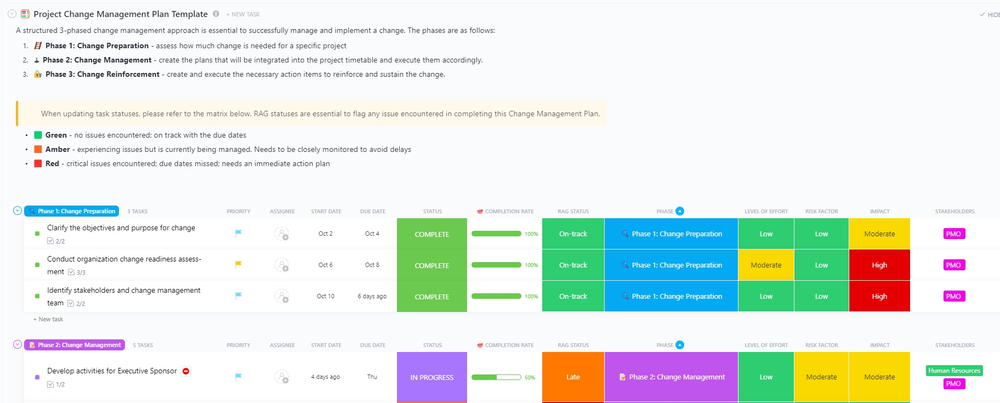
The ClickUp Change Management Plan Template outlines a multi-phase approach to assist you in managing and implementing any change within your business. It features a predefined structure and suggested fields to help you get started immediately on new or outstanding projects.
This transition plan template also fills the gaps and expands your List view with more details as you build your change management plan . Most ClickUp templates include multiple statuses, custom fields, and view types to help you build the perfect transition plan for your upcoming change.
This one’s no different.
You can sort your tasks according to the assignee, check the status of each assignment at a glance, and keep a bird’s eye view of how the transition period is going. This template can change to fit almost any situation to ensure a smooth transition.
From onboarding employees into a new role with a job transition plan or executing a knowledge transfer of business processes, this template gives the project team the key details to adjust. And if you need to take it a step further, ClickUp has several org chart templates that make it simple to create a visual representation of job titles, core responsibilities, and cross-functional partners.
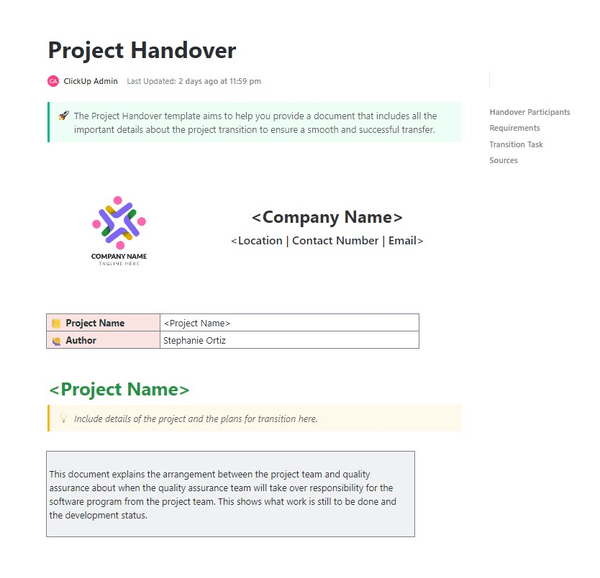
The ClickUp Project Handover Template ensures a project is properly completed and closed before changing hands. This may include providing new stakeholders and team members with all information relevant to the project. Think of outstanding project deliverables , milestones , current due dates, important contacts, key knowledge, and planned next steps.
ClickUp’s workflow software also features useful functions like comment reactions and AI-assisted automation to make life easier. And like most of our templates, this one includes custom statuses, fields, views, and project planning tools. 🛠️
The transition plan template has everything you need to organize project data for a seamless transition. It simplifies the process of updating key contacts on team progress and creating comprehensive checklists for a simple project transition.

The ClickUp Change Management Plan Gantt Template makes planning, managing, and implementing changes easier for project transition from one state to another. This might mean changing the team management structure, business processes on outstanding projects, or your overall business plan —it can do it all! 🤩
This transition plan template uses a Gantt chart format to guide you and your project teams through times of change. The custom fields, statuses, and views make it easy for you and your team members to keep track of progress toward your goals.
Create a smooth transfer to teams and stakeholders to develop clear goals and objectives you can collaborate on with every team member simultaneously. Your transition plan will keep track of important deadlines and create contingency plans for potential unplanned events—or even for ongoing projects.

The ClickUp Change Management Plan Document Template makes knowledge transfer and transition plans easier to hand off. It’ll help clarify desired outcomes, inform stakeholders, improve communication, organize contact information, execute an effective communication plan, and provide real-time feedback to every team member. ✍️
In addition to customizable features, this template has pages for things like milestone lists, change log details, risk and mitigation details, and overall change management plans.
The Change Management Plan Document Template is helpful for any successful transition, and it’s perfect for team leads who prefer customizable Docs instead of (or in addition to) more extensive visual charts.

The ClickUp Change Management Plan Checklist Template helps create plans for transition periods within businesses of all sizes. Organize your checklist based on assignees, due dates, statuses, and more—and see your team members’ progress toward each goal in seconds.
It’s perfect for creating a comprehensive, collaboration-friendly overview of everything your change management plan requires. And, like most ClickUp templates, this one features custom statuses, fields, and view types, so you can create a checklist with everything you need and nothing you don’t. ✅
The transition plan template will help keep everyone on the same page, from new employees to seasoned team leads. Since you can create multiple checklists, tracking and managing everything from annual goals to company-wide succession planning is way easier.
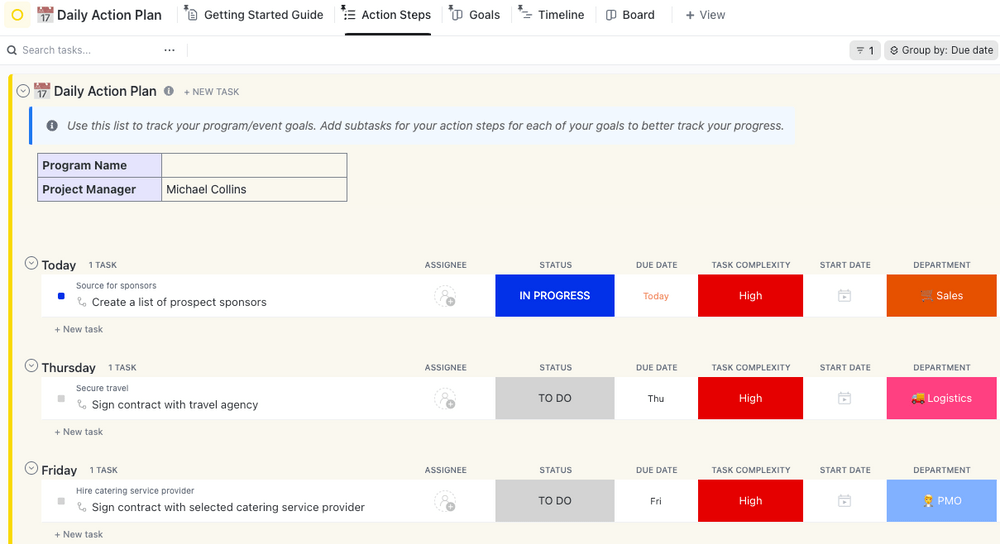
The ClickUp Change Management Action Plan Template breaks down the details of any change into manageable, trackable tasks. It’ll simplify organizing all the elements of your transition into one place, providing a platform for effortless collaboration with your teams, departments, and stakeholders.
This flexible, easy-to-use template outlines the foundational elements of a straightforward action plan. There are several statuses, custom fields, and views to help guide your team through a successful change.
Our Change Management Action Plan Template works with the ClickUp dashboard to help organize relevant files and manage projects of any size. And with the 1,000+ integrations on ClickUp, you can pull information in from all the tools you use on a daily basis. 📚
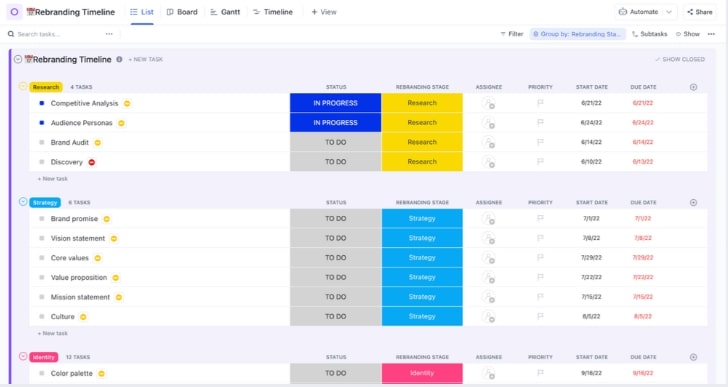
The ClickUp Rebranding Project Template provides an example transition plan for rebranding a company, organization, or product. It’ll help you coordinate every step of the project to manage the transition process from start to finish. ✨
Use this template to develop new visual identities, assign responsibilities, track progress toward each step, create a timeless for success, and more. It’s all made possible thanks to the custom fields, statuses, and view types.
In addition to our Rebranding Project Template, ClickUp project management tools will improve your project tracking with features like comments, comment reactions, dependency warnings, and time tracking.
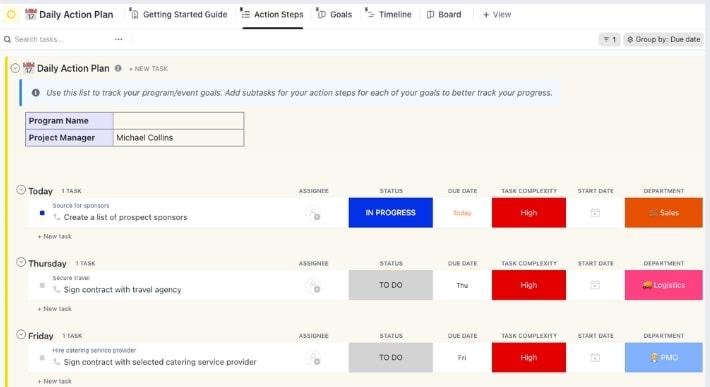
The ClickUp Return to Work Action Plan Template is designed for businesses that are returning employees or customers to on-site locations. It’ll help you identify and take necessary precautions to ensure safety during and after the transition.
Custom fields, statuses, and views make it easier to keep track of the tasks associated with a seamless return to work, providing a balance of flexibility and structure for a comprehensive plan.
The Return to Work Action Plan Template can cover everything from training requirements to work management. Since it works well with an employee transition plan template and employee engagement software within the ClickUp platform, it can be part of your HR department solution. 🌻
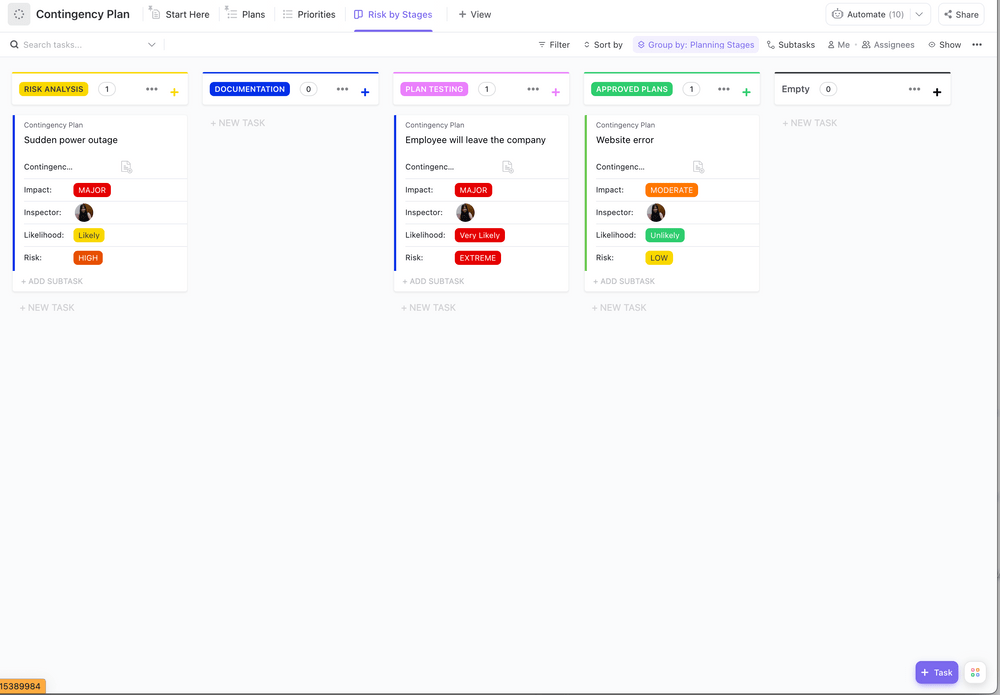
The ClickUp Contingency Plan Template outlines a strategy for your team, business, or organization as a backup plan for unexpected events. It can help you plan for everything from hosting provider outages on your website to what to do if you lose your top employee.
In addition to the custom statuses, fields, and views you can find across ClickUp, use automations to set custom fields when specific tasks are created and eliminate some of the busy work.
The Contingency Plan Template also allows you to create multiple plans for several events and scenarios in one place, giving you an overview of how you’ll handle each occurrence. On top of the practical uses for this, looking over your well-made contingency plans is a bit like a 10-second therapy session in times of change. Trust us. 🌻

The ClickUp Corrective Action Plan Template features everything you need to resolve undesirable outcomes for projects and situations. It can help you prevent recurring issues, strengthen your business processes, reduce the risk of employee errors, and learn from past mistakes.
The Whiteboard format makes real-time collaboration quick and easy. Move from planning to getting things done faster with ClickUp as your HR software . And since it’s fully customizable, it’s flexible enough for almost any situation.
Thanks to ClickUp’s HR functionality, the Corrective Action Plan Template is handy when creating solutions for your teams and situations involving employees. Iron out issues with your onboarding process, track new employee progress, and more.
Smooth Transitions Ahead With These Helpful Templates
With the help of a transition plan template, you’re ready to conquer any transition with (relative) ease.
No more scrambling, stress, and confusion—just comprehensive plans, well-defined goals, and a clear path forward. Here’s to smooth transitions and successful projects all around! 🏆
Still looking for the perfect template? Check out our list of change management templates for more options.
If you haven’t already, sign up for ClickUp to start using these templates and improving how your business handles change. They’re all available on the Free Forever plan, which means you don’t have to pay a dime to get organized ASAP.
Questions? Comments? Visit our Help Center for support.
Receive the latest WriteClick Newsletter updates.
Thanks for subscribing to our blog!
Please enter a valid email
- Free training & 24-hour support
- Serious about security & privacy
- 99.99% uptime the last 12 months

9 Free Templates for a Successful Change Management Plan
Flicking through articles on my tablet, I came across a study conducted by McKinsey and Company , creating an aha moment when thinking about the term business change .
The study looked at 2000 executives from 900 companies across multiple industries. More than half of respondents stated that, in five years, their change efforts failed to meet business goals and sustained results over time .
We at Process Street wanted to know why ?
Trying to navigate business change without a formal process is like plonking an elephant into a china shop…
It can get messy.
What you need is a change management plan , to bring structure and control to the change process. If you ignore change – whether that be external to your business, internal, expected, or unexpected – or fail to respond appropriately, then there can be shattering negative consequences.
With our 9 free change management plan templates, you can effectively guide your business through change. These templates are just what you need to succeed in an ever-changing business landscape.
Lewin’s Change Management Model Process Checklist
Bridges transition model process checklist, adkar model change management process checklist, mckinsey 7-s model process checklist, pdca cycle change management model process checklist, kotter’s change management model process checklist.
- Kubler-Ross Change Curve Process Checklist
Nudge Theory Change Management Model Process Checklist
Satir change management model process checklist.
Scroll down to find out what a change management plan is and why it is needed, before moving onto our top 9 free change management plan templates. Alternatively, you can use the links below to jump to your section of choice.
What is a change management plan?
Change management models: what they are and why they are important, the top 9 change management models.
Let’s get started!
A change management plan is exactly what it says on the tin, it is a plan for change . The plan defines activities and roles for the management and control of change. Planning for change maintains the change schedule, budget , scope, communication , and resources at a feasible and achievable level. It is an internal response to expected or unexpected change, that mitigates potential negative repercussions.
Change management is predominantly people focussed , it uses tools and techniques to manage the people side of change for a required business outcome.
Little is a given in business, what is certain though is change .
There are two types of change: Unexpected and intentional .
- An unexpected change could be due to market influences, environmental impacts, resource constraints, or as we witnessed, the 2020 COVID-19 outbreak. We have little direct influence on these changes, but we can adapt our businesses internally in response.
- Intentional changes include organization restructuring, growth , mergers, acquisitions, or budget re-allocation. These changes are fully co-ordinated by a business, yet the change inflicted needs to be effectively managed internally.
As the saying goes, if you are not prepared, then prepare to fail . When it comes to change, regardless of whether that change is intentional or not, an effective change management plan is needed.
Change has the power to crumble even the most successful companies if not planned for and managed appropriately.
It is often the case that the issue is not an inability to act, but an inability to take appropriate action . The term used is active inertia .
That is, through behavioral stubbornness, companies will continue along a set trajectory. Certain modes of thinking and actions have established success in the past and are inappropriately applied to the changing circumstances.
Under a false illusion, corporations continue without change in the face of change .
A paradoxical situation .
Active inertia may seem an innocent cognition, however, it can ripple devastating blows to a company’s success.
Change paralysis: Case study #1 – Kodak

Ah, Kodak…the gold-standard example of what happens when companies fail to plan and respond appropriately to change.
I have a faint memory of being dragged into the Kodak shop, waiting for hours as my parents decided to print the year’s backlog of photographs. Today, these photos are stored in albums, forgotten and gathering dust. The albums are a melancholic reminder of what happened to Kodak…
A business that regressed into dust, only to be resurfaced in memento of the embarrassing failure the brand would rather forget. For Kodak, technological advances reared an ugly head, leading to its demise.
Kodak’s core business model was selling film. As cameras became digital and slowly disappeared into cellphones, images moved from print to online cloud storage.
Blinded by its previous success, active inertia meant Kodak completely missed the rise of digital photography.
But wait, there is more to this story.
In 1975, Steve Sasson, an engineer working for Kodak developed the first digital camera prototype.
The camera was large, cumbersome, and took ~20 seconds to take a picture.
Who would want that?
But this prototype signified a beginning of a transition . A transition that would make film and Kodak’s core business model superfluous.
Driven by an unwillingness to adapt and change, management’s response to Sasson’s development was…
“ that’s cute – but don’t tell anyone about it”
The company filed for bankruptcy in 2012 , exacted legacy business and sold off its patents.
Active inertia cost Kodak its success .
A change management plan prevents such common cognitions creeping in and causing a company’s demise.
Change embodied: Case study #2 – Changing to survive a pandemic

The COVID-19 outbreak shook up our economy, imposing an uncontrollable external change, negatively impacting businesses both large and small at an unprecedented level. As nature took command, it truly was business-tooth-and-claw.
Adapt or fold. So how were businesses adapting?
One example would be the evolution of remote work.
As stated by Ryan Anderson from Bead the Change …
“ Our company has started implementing remote work due to the recent stay at home orders “
Another example is the oil company Shell, stating:
“ We are taking many steps to protect the health of our colleagues, including requiring or encouraging office-based staff to work from home, depending on the advice of local authorities. We are providing the technical support to ensure up to 70,000 people can work from home each day .” – Shell , COVID-19: Shell’s global response
I live in a small village in the mountains of North Wales, UK. Looking around I could see how the pandemic had affected small local businesses. Some closed up with the question arising: Will they re-open ?
Others planned for and embraced change as an opportunity. They acted appropriately in light of the unexpected external change, remaining operational by adopting new ways to conduct business. For instance, restaurants continued to provide take-outs under social distancing rules. My local yoga teacher moved her lessons online.
Through adaption, these local businesses opened up new potential, investing, and exploring new ways of doing business. This diversification of business operations, in response to the COVID-19 outbreak, is a movement that can continue indefinitely to adapt and respond to change.
Change, in this sense, is embodied as a strength by taking appropriate action. A change management plan assists movement towards an appropriate action.
So far we have learned that change is unavoidable, and companies need systems in place to respond to change, whether that is internal, external, expected, or unexpected. A change management plan is an integral part of a change management system. A change management plan can bridge the difference between success in the face of change, and failure. Change management plans remove seemingly innocent cognitions such as active inertia .
This knowledge brings forward further questions:
- How do you create a change management plan?
- How is a change management plan best structured?
The best way to adapt to and embody change is via the implementation of a change management model . A change management model is a properly structured and proven successful means of managing change .
Adapting to change is not easy – it takes time, effort, and energy. You want to make sure you stay in budget, on schedule, and that your invested change leads to a higher ROI.
You want to avoid clutching at thin-air, implementing random and irrelevant change action plans. You want and need to implement a change management model that is proven effective.
That’s why we at Process Street are going to show you how to implement the following 9 change management models:
- ADKAR Model
- Bridges Transition Model
- McKinsey 7-S Model
- Kotter’s Change Management Model
- Lewin’s Change Management Model
- PDCA Cycle Change Management Model
- Nudge Theory Change Management Model
- Kubler-Ross Change Curve
- Satir Change Management Model
Each one of these models has been adopted and transformed into a checklist format for easy implementation on your end. For instance, check out Lewin’s Change Management Model Process Checklist embedded below.
Click here to access Lewin’s Change Management Model Process Checklist Template !
With this checklist, effort on your part is minimized. All you have to do is follow the steps, and you are guaranteed to plan for change in a way that is proven to be effective.
As promised, I present you with Process Street’s top 9 change management models, which you can implement for free today.
For simplicity and actionability, we have transferred these models into a checklist format. Open the checklist, follow each step with no second-guessing and no errors .
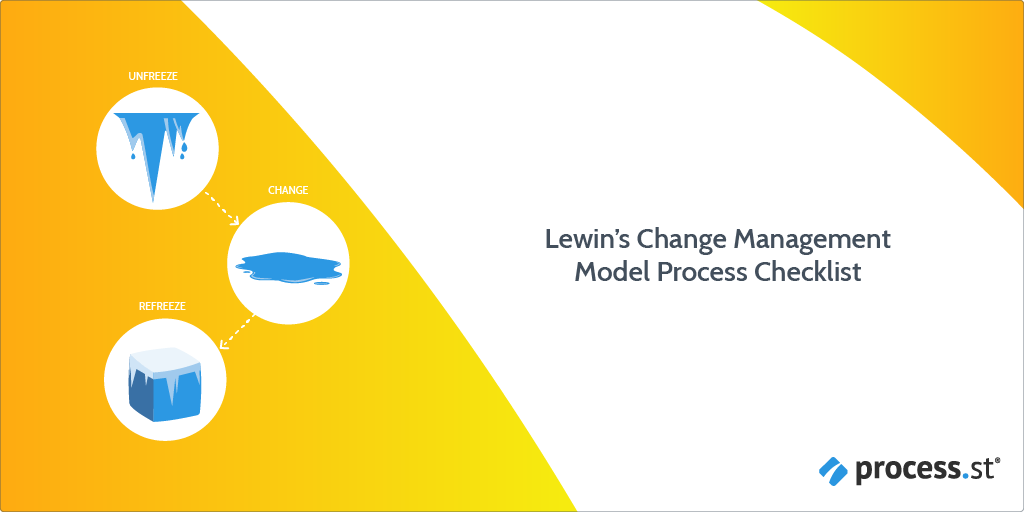
Developed by social psychologist Kurt Lewin in 1940 , Lewin’s Change Management Model is one of the most popular approaches for dealing with and planning for change.
In this model, change is split into three stages:
- Stage 1 : Unfreeze the status quo
- Stage 2 : Make changes
- Stage 3 : Refreeze to lock-in changes for a new status quo
Lewin’s model breaks change down into bitesize chunks, taking people, and processes into account. The model recognizes that companies can be stuck in a rigid process that needs to be unstuck for change to occur.
Click here to access Lewin’s Change Management Model Process Checklist !
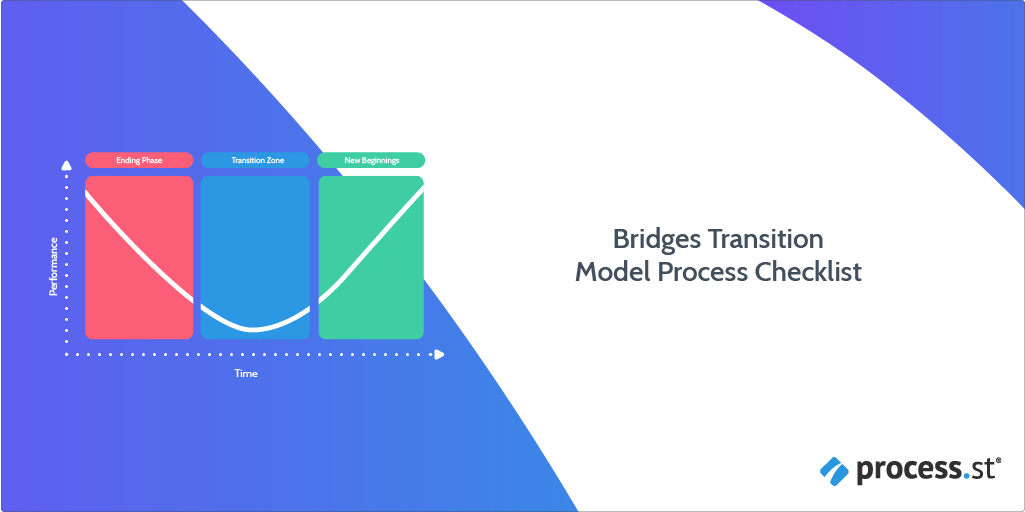
Developed by William Bridges in 1991 , this model looks at change as a transition, considering the emotional journey of change experienced by the employees. In this model, the change is forced on the recipient, but this is acknowledged and dealt with.
The model considers the transition during change, looking at change as a journey instead of an abrupt shift. Three stages of this journey are detailed:
- Stage 1 – Ending, losing and letting go
- Stage 2 – The neutral zone
- Stage 3 – The new beginning
Each stage is characterized by the feelings instigated within the employee during that period.
Click here to access Bridges Transition Model Process Checklist !
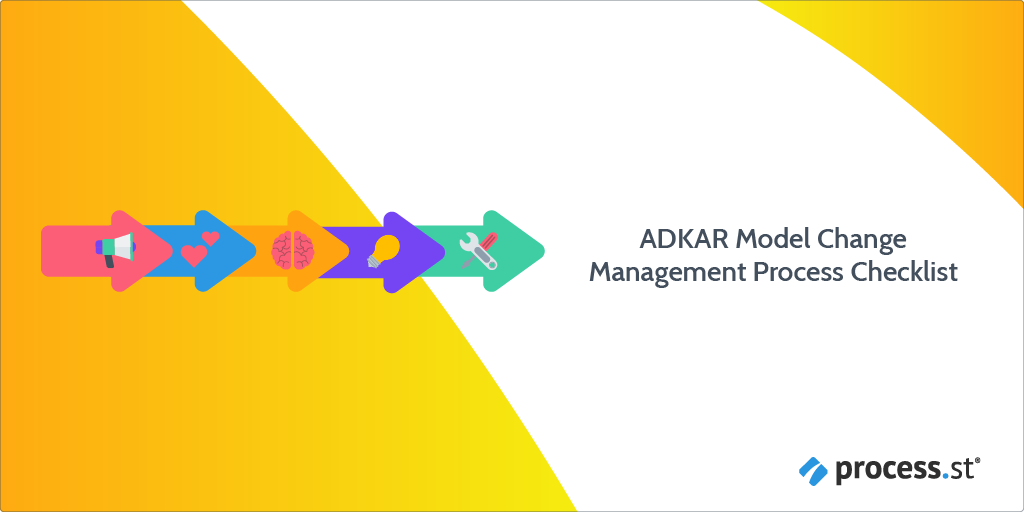
Developed by Jeffery Hiatt in 2003 , the ADKAR Model takes a bottom-up approach for the application of change. Each letter in the acronym stands for a goal to be reached:
- A : Awareness of the need for change
- D : Desire to participate and support the change
- K : Knowledge on how to change
- A : Ability to implement the required skills and behaviors for change
- R : Reinforcement to sustain change
With these goals, the ADKAR Model successfully plans for change on both an individual and organizational level. As a change management model, ADKAR is easy to learn, creates a new lens for viewing change, drives action, and addresses how change happens.
Click here to access the ADKAR Model Change Management Process Checklist !
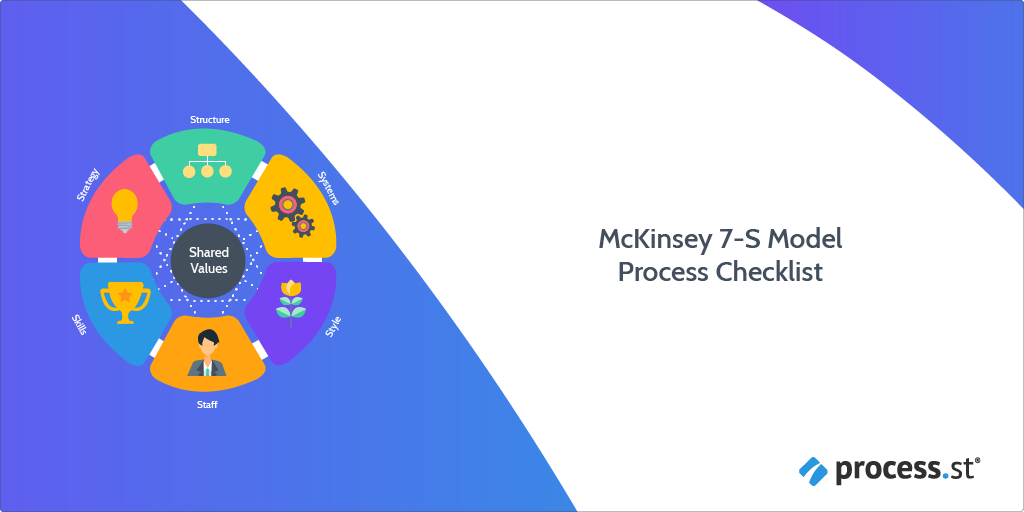
The McKinsey 7-S Model was developed in the 1980s by Robert H. Walterman and Tom Peters.
The model identifies 7 elements of a company, detailing how one will impact the other. These elements are split into two categories, hard and soft . Hard elements are driven by management and are more tangible. Soft elements are driven by culture and are less tangible.
Hard elements include :
Soft elements include :
- Shared values
The model aims to align these 7-S elements so that they support each other and your company’s objectives.
Click here to access the McKinsey 7-S Model Process Checklist !
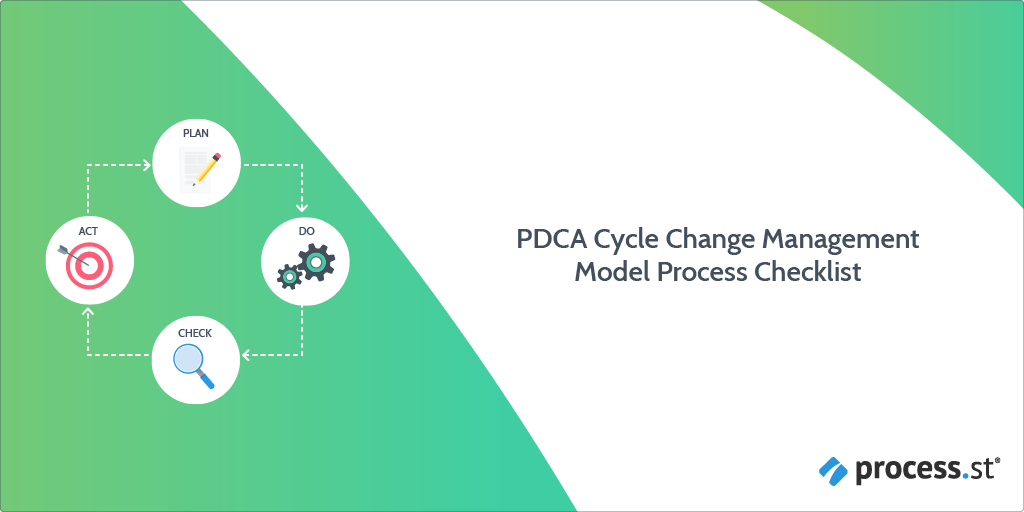
First introduced by Walter Shewhart , and later developed by W.Edwards Deming in the 1950s, the PDCA cycle looks at change as a continuous process for improvement.
There are four stages:
- Stage 1 : Plan
- Stage 2 : Do
- Stage 3 : Check
- Stage 4 : Act
These stages are iterative, that is, as a circle, each stage is completed again, and again, and again…
Problems are identified, solutions are tested systematically, results are assessed and new solutions are implemented when needed.
Click here to access the PDCA Cycle Change Management Model Process Checklist !
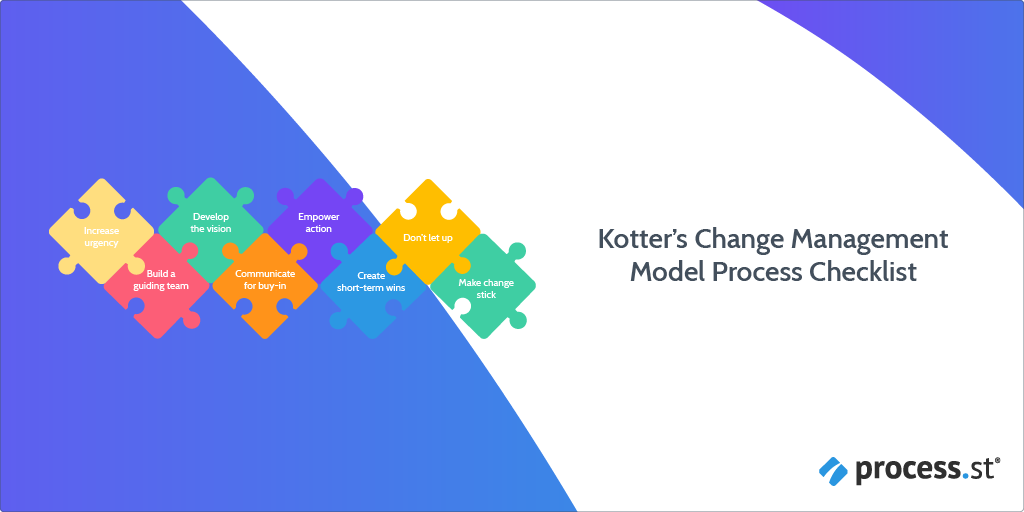
Developed by John Kotter in 1995, Kotter’s Change Management Model’s core focus is to create a sense of urgency for change. The model states, with this urgency, momentum for change is obtained.
The model splits the application of change into 8 stages:
- Stage 1 – Creating a sense of urgency
- Stage 2 – Building a core coalition
- Stage 3 – Forming a strategy vision
- Stage 4 – Getting everyone on board
- Stage 5 – Removing barriers and reducing friction
- Stage 6 – Generating short-term wins
- Stage 7 – Sustaining acceleration
- Stage 8 – Setting the changes in stone
The first stages are all about creating drive within your team to implement the needed change. The following stages focus on sustaining this drive, seeing the change through to the end.
Click here to access Kotter’s Change Management Model Process Checklist !
Kubler-Ross Change Curve Change Management Model Process Checklist
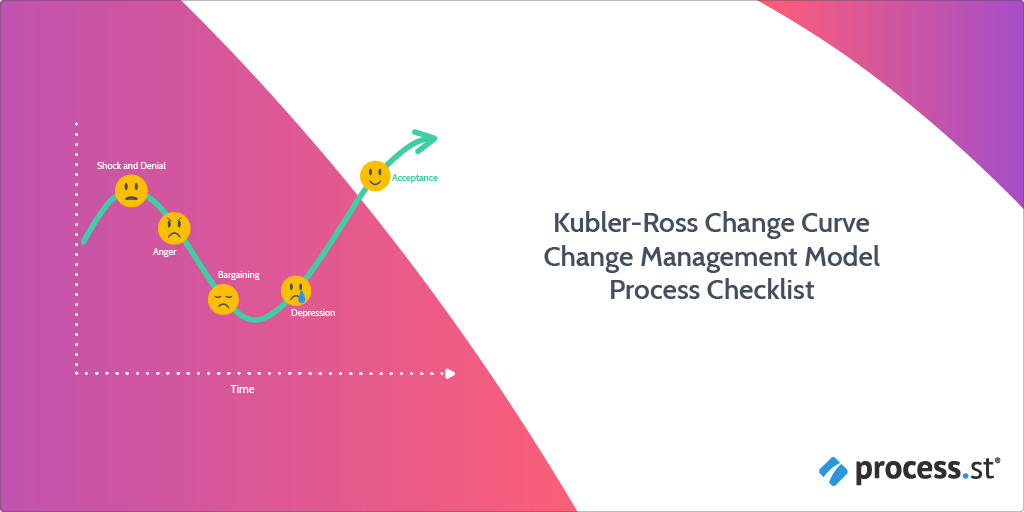
The Kubler-Ross Change Curve was developed by Elisabeth Kubler-Ross, a psychiatrist who detailed the first five stages of grief in her book On Death and Dying , published in 1969 .
The model recognizes the emotional burden of change on employees within a company. These emotions can place a stranglehold on productivity . However, if acknowledged and managed correctly the negative emotional repercussions of change can be minimized.
The Kubler-Ross Change Curve details five stages of grief during the change process:
- Stage 1 : Denial
- Stage 2 : Anger
- Stage 3 : Bargaining
- Stage 4 : Depression
- Stage 5 : Acceptance
With knowledge of these stages, the model suggests a way to manage, control, and direct these emotions positively and progressively, leading the way for change.
Click here to access the Kubler-Ross Change Curve Process Checklist !
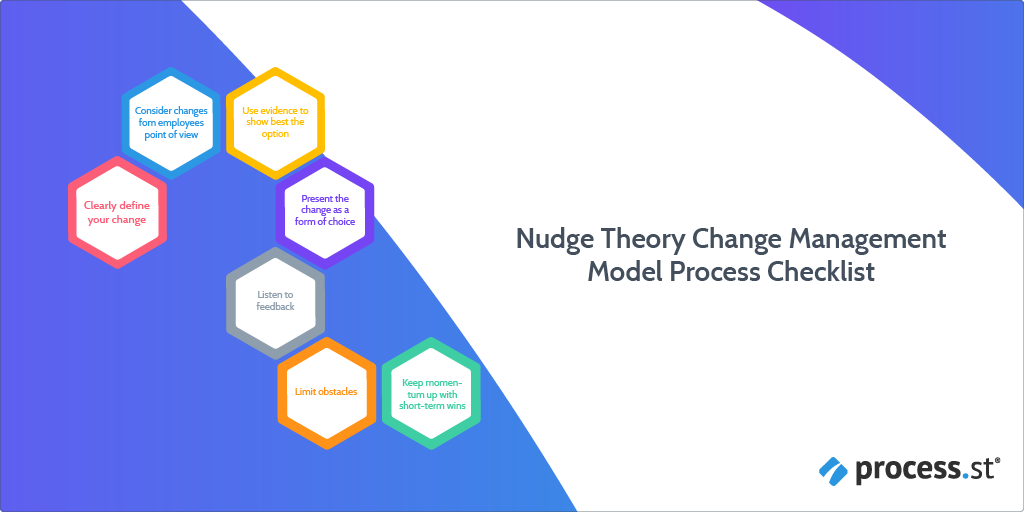
The Nudge Theory for change is more of a theory – hence the name – than a change management model. The idea is that individuals are nudged into making the desired decision by altering the environment in which the individual is making that decision. This environment is the choice architecture .
The theory is a behavioral science concept developed by Richard Thaler and Cass Sunstein in the book Nudge: Improving Decisions About Health, Wealth, and Happiness .
Individuals are nudged along the choice process with the end goal that they will choose your introduced changes. This Nudge Theory Change Management Model Process Checklist has been broken down into the following stages:
- Changes are clearly defined
- Changes are considered from the employee’s point of view
- Evidence is used to show the best options
- Change is presented as a choice
- Feedback is listened to and gathered
- Obstacles are limited
- Momentum is maintained with short-term wins
Click here to access the Nudge Theory Change Management Model Process Checklist !
For more information on the Nudge Theory and Choice Architecture, read : Choice Architecture Explained: How To Remove Human Bias From Your Business Today
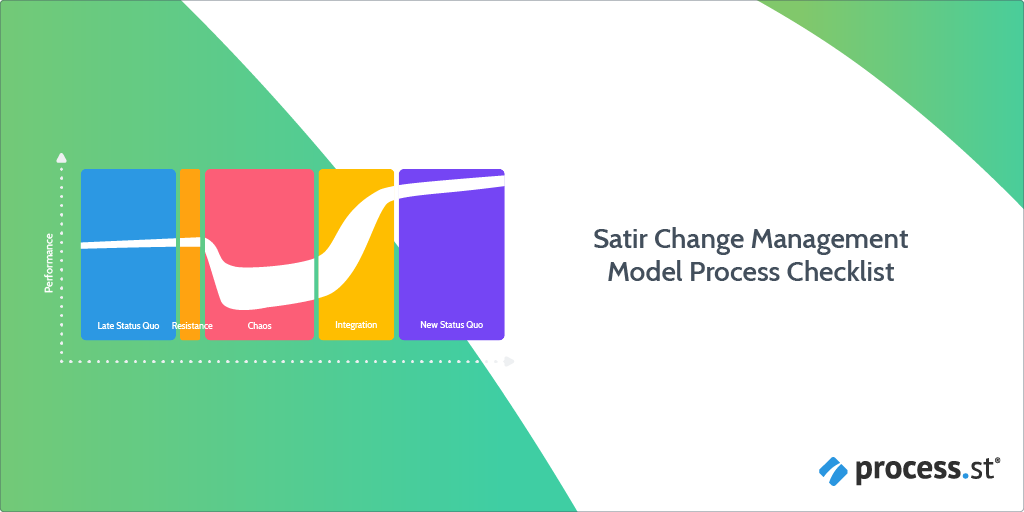
Developed by Virginia Satir, the Satir Change Management Model explores five stages of grief that employees are predicted to feel during organizational change.
These grief stages are:
- Stage 1 : Late status quo
- Stage 2 : Resistance
- Stage 3 : Chaos
- Stage 4 : Integration
- Stage 5 : New status quo
The stages are designed to track the impact of change on employee performance.
Click here to access the Satir Change Management Model Process Checklist !
How to use Process Street for your change management plan
If you are new to Process Street and unsure how to use our platform, watch the below webinar: An Introduction to Process Street .
Process Street is superpowered checklists.
Our 9 change management plan templates use a checklist format to guide you through the process of change implementation in your business. In these templates you will find the following features:
- Stop tasks to ensure task order.
- Dynamic due dates , so no deadline is missed.
- Conditional logic , creating a dynamic template that caters to your needs.
- Role assignments , to ease task delegation within your team .
- Approvals , allowing decision-makers to give the go-ahead (or rejection) on important items. Also, the necessary comments can be provided.
These features plus the ability to integrate with thousands of other products make your Process Street checklists superpowered !
You can edit any one of our change management plan templates to adapt the checklists to your specific needs. To find out more, watch the below video: The basics of creating and editing templates .
Be pioneers of change and use a Process Street change management plan template
Change is an inevitable part of Business. We cannot stop it, but we can control potential negative aspects. Planning for change is key for positive progression, directing the impacts of change in your favor.
Kodak provides a stark reminder for us all of what happens when change is not adequately planned for and acted on. Luckily for us, there is a wealth of ongoing research into how change can be planned and managed more appropriately.
By transforming these top change management models into actionable checklists, we have made the planning and management of change easy for you. All you have to do is sign up for Process Street today to begin your change management journey.
For more information on how to manage change in your business, check out the following articles:
- How to Make a Change Management Strategy (and Defuse the Growth Time Bomb)
- 8 Critical Change Management Models to Evolve and Survive – ⭐️ Star Post!
How do you plan for change in your business? What issues have you faced and how did you deal with them? We would love to hear from you. Who knows, you may get featured in an upcoming article! .
Get our posts & product updates earlier by simply subscribing
Jane Courtnell
Hi there, I am a Junior Content Writer at Process Street. I graduated in Biology, specializing in Environmental Science at Imperial College London. During my degree, I developed an enthusiasm for writing to communicate environmental issues. I continued my studies at Imperial College's Business School, and with this, my writing progressed looking at sustainability in a business sense. When I am not writing I enjoy being in the mountains, running and rock climbing. Follow me at @JaneCourtnell.
Leave a Reply Cancel reply
Your email address will not be published. Required fields are marked *
Save my name, email, and website in this browser for the next time I comment.
Take control of your workflows today
Transition plan
Master organizational transitions with our transition plan template – your roadmap to clear, efficient, and successful change management.
Share this Template
Organizational transitions, whether due to restructuring, role changes, or strategic shifts, are critical yet challenging. This transition plan template is designed to guide leaders, managers, and teams through these complex changes. Crafted with precision, it serves as a comprehensive roadmap for ensuring a smooth, efficient transition in any organizational context. Let's dive into the benefits of using this template and what you'll find inside.
Why use the transition plan template?
Mitigate risk and enhance clarity.
Transitions are fraught with uncertainties. Our template addresses this by providing clear, structured frameworks. It lays out objectives, scopes, and stakeholder analyses, reducing the risk of misunderstandings and missteps. By anticipating potential challenges and providing a clear roadmap, it empowers your team to navigate transition phases with confidence, enhancing decision-making and strategic planning.
Navigate your organizational changes with confidence - explore our change management plan template.
Streamline communication
Effective communication is the backbone of successful transitions. The template includes a detailed communication plan, ensuring that all stakeholders are informed and engaged throughout the process. This proactive approach in communication not only maintains transparency but also fosters a sense of inclusivity and collaboration among team members, leading to a more cohesive transition effort.
Facilitate effective knowledge transfer
As roles shift, so does the need for knowledge exchange. The template's comprehensive section on knowledge transfer and training ensures that no crucial information falls through the cracks. It facilitates a structured handover of responsibilities and insights, ensuring the incoming role holder is well-equipped to take over. This strategic approach minimizes disruptions in workflow and maintains continuity in operations during the transition.
Ensure a seamless leadership transition in your organization with our succession planning template .
What's inside this transition plan template?
- Introduction and objectives : Sets the stage with a clear title, effective date, and a succinct description. This section crystallizes the primary goals and the scope of the transition.
- Stakeholder analysis : Identifies key players affected by the transition, paired with a strategic communication plan.
- Role transition details : Clarifies the current and incoming role holders, outlining their responsibilities and the support structure.
- Knowledge transfer and training schedule : Details the necessary knowledge transfer and training plans, ensuring a seamless role transition.
- Timeline and Milestones : A timeline with key milestones keeps the transition on track and measurable.
- Resource allocation : Lists essential resources and support structures, reinforcing the transition's framework.
- Monitoring and risk management : Outlines the methods for monitoring progress, managing risks, and defining success criteria.
Connecting the template to your goals
With this transition plan template, you acquire a strategic ally that empowers you to manage transitions effectively. It's crafted to align seamlessly with your unique objectives, offering a lucid and straightforward approach to navigating the complexities of change management. This template doesn't just guide you; it equips you with the tools to anticipate challenges, communicate effectively, and ensure a smooth transition, ultimately leading to improved organizational efficiency and success.
Our transition plan template is an invaluable tool for any leader or team facing organizational changes. Try it today to see how its structured approach, comprehensive coverage of all aspects of a transition, and user-friendly design make it an indispensable resource.
FAQ About the Transition plan Template
Trusted by millions, including teams at

Discover More Templates
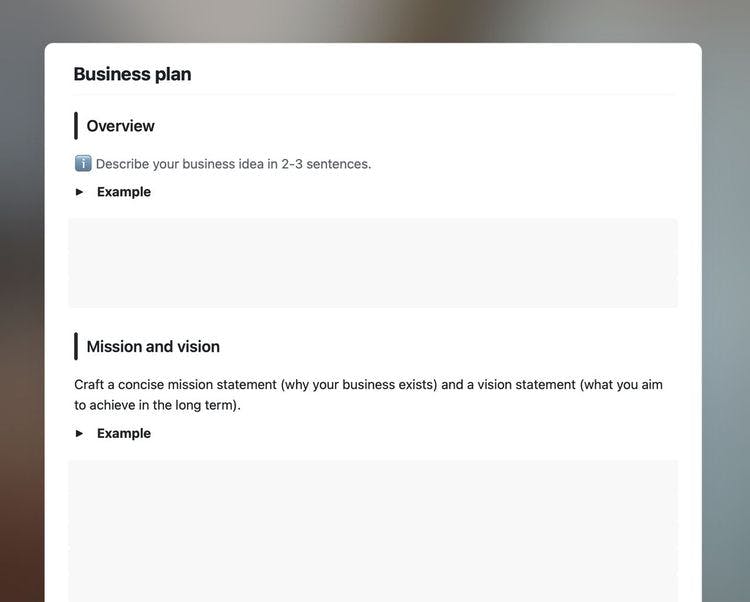
Take impactful to a whole new level
Always with you
Easy to use
Works your way
Powerful Features
Get in or get out
Offline first
Beautiful sharing
You’re not alone
We’re here to help
- $ 0.00 0 items
How do I create a Transition Plan for my Organisation?

A Transition Plan is used to manage the change from an existing organisational state to a new state.
Time needed: 1 hour
How to create a transition plan for your organisation:
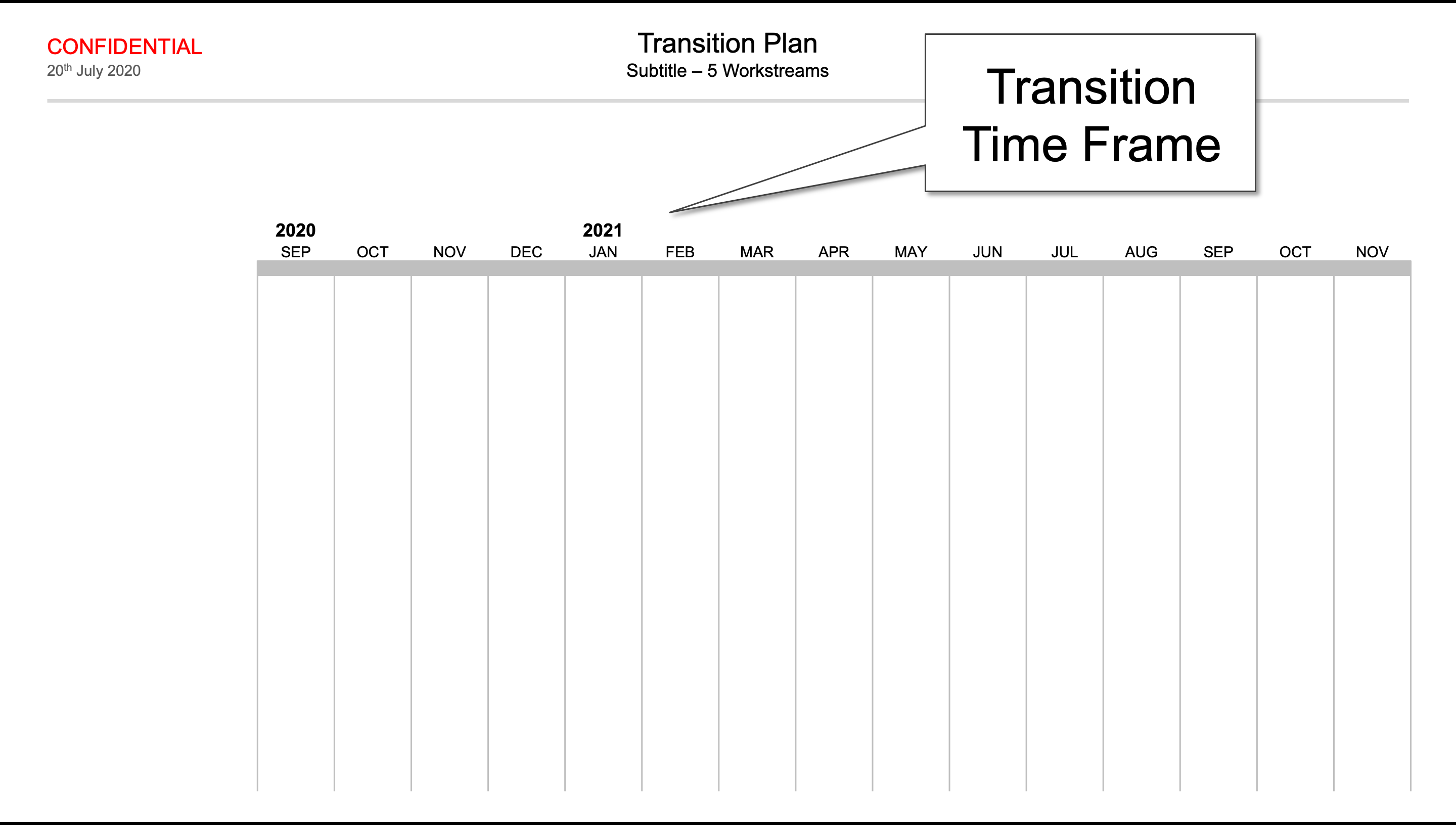
Transition Planning FAQs
Try and keep it to 5 swim lanes (workstreams) or less. If you have too many lanes, the diagram gets complicated, and your message is no longer clear.
Yes. It is healthy to highlight the areas of risk for your teams and stakeholders, so that they can prepare -for and manage the risk.
Test it out on a friend. Give them 5 minutes to read it, then ask them a series of questions; e.g. “When does the project start?”, “What are the riskiest parts?”, and “Who is in charge of the HR workstream?”
We have created this Transition Plan Template in response to a series of requests for a Timeline template to assist with Change Management .
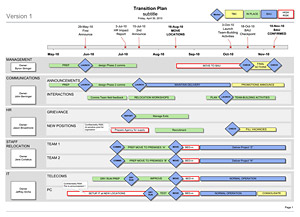
We have arranged this template into the following areas.
Team and Personnel Changes
It’s likely that you will have to change how people and teams are arranged.
New processes
There could be some business process re-engineering to be rolled-out.
You may have to move locations, or start an off-shore supplier relationship.
Starting state and end state
In all change situations, there is a gap between the planned new arrangement and where you are right now – a Transition is required.
Our Transition Plan Template will provide a solid communications and planning tool for your transition.
Features of the transition plan template
- Timeline with draggable milestones.
- Event markers in each workstream.
- Management workstream (to show coordination activities in the transition project).
- Communications Workstream (announcements, comms).
- HR Workstream (transition HR issues management).
- Relocation Workstream.
- IT Workstream (PC and telecomms).
View the Transition Plan Template .
Are you short on time?
Use these templates to help with this best practice:.
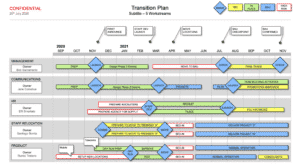
Transition Plan Powerpoint
This Transition Plan Powerpoint template is the perfect way to show your plans and important business milestones. Show worksteams, milestones, risk levels & more.

Transition Plan Template (Visio)
Need to manage a large organisational change / Re-Org? This Transition Plan Template will show your “Change Plans” in a simple 1-sider for all stakeholders.

Excel Transition Plan Template
The Microsoft Excel Transition Plan Template presents your transition in simple roadmap graphic, so that anyone can understand it rapidly. Starting state, plans, milestones, risk level and target state. Simple.

Risk Log and Transition Management Template Deal (PPT & Excel)
This Risk Log and Transition Management Template Pack provides professional risk logs, and transition planning tools. Download at more than 70% discount.
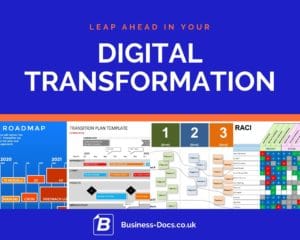
Digital Transformation Templates – Discount Bundle
This selection of Digital Transformation Templates includes formats that have been used in over 120 countries by more than 5000 professionals. Download now to save time create great documents quickly.

Re-Organization Template Discount Bundle
This collection of professional Re-Organization Template formats will help you communicate your Re-Org, Org Change & Transition; Roadmaps, Transitions, Risk Management and more.
Business Topics that support this Best Practice
Digital transformation processes.
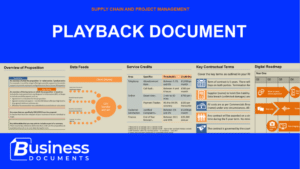
Playback Document
A Playback document is a pre-agreement that covers the terms of commercial offering. It is used to ensure that both parties involved in a commercial transaction are on the same page about what is expected.
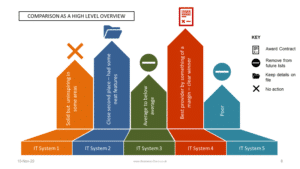
Comparison Template
A stylish PowerPoint comparison template which lets you quickly and effectively show the difference between different companies or products.
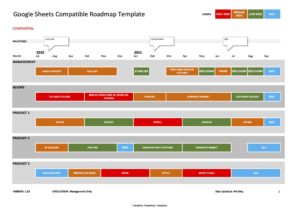
Google Sheets Compatible Roadmap Template (Excel)
This Google Sheets Roadmap Template can be uploaded and used on Google Drive (G Suite) for business, so that you can use our professional roadmap layouts easily.
Leadership and Strategic Guidance

PESTELE Analysis PPT Template 2024 – with Ethical Factors
Do you want to conduct a PESTELE analysis for your business or project? Our PESTELE Analysis PPT Template 2024 is an ideal cheat sheet to support PESTELE workshops and product planning, with a special emphasis on Ethical factors.

STEEPLED Analysis PPT – Cheat Sheet Updated for 2024
This STEEPLED Analysis PPT with Cheat Sheet enables you to brainstorm and workshop all aspects of your product or service, in your exact market setting. The cheat sheets enable you to prompt your teams’ thinking in each STEEPLED factor area so that you can maximise your chances of successful market fit.
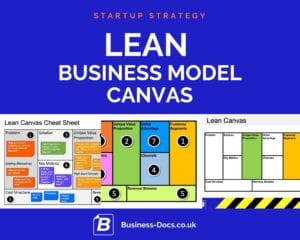
Lean Business Model Canvas PowerPoint with Tips and Guidance
Are you struggling with your Lean Canvas? Use this Lean Business Model Canvas Powerpoint to get help at every stage from professionals.
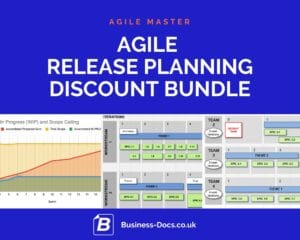
The Agile Release Planning Template Discount Bundle
Are you looking for a way to create and present your Agile Release Planning? This bundle is the perfect solution. You can use Powerpoint and Excel to create an amazing plan that will help you deliver your product with confidence.
Template and Guide Aspects that support this Best Practice
Roadmap templates with 5 workstreams / 5 swim lanes.
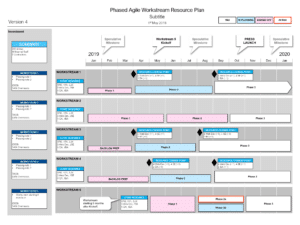
Resource Plan with Workstream Resource Changes Template
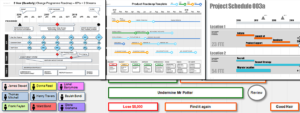
Powerpoint Project Schedule Template Discount Bundle
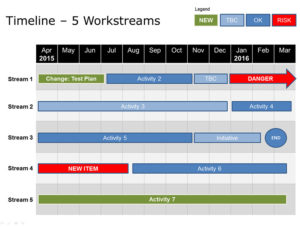
Powerpoint Timeline Template
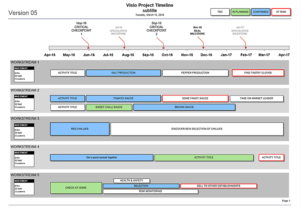
Visio Project Timeline Template
Change programme.
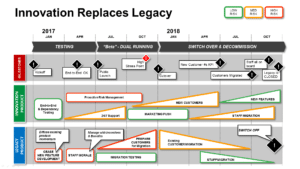
Powerpoint Innovation Project Transfer Template
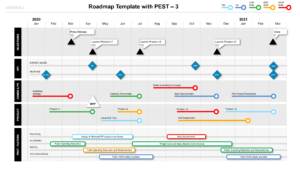
Powerpoint Roadmap Template with PEST Factors & Milestones
Digital transformation roadmap templates, transition roadmap templates, templates and best practice in this business ecosystem.

Digital Transformation
Digital Transformation is the development of new capabilities to enable organisations to achieve faster and more efficient innovation.

Templates, features, FAQs, business processes and HowTo guides for Business Strategy areas.
All Business Best Practice
See all Business Best Practice here .
Created : 2020-08-22 14:27:22 Modified : 2021-09-28 13:52:31

Six Sigma & SPC Excel Add-in
- Questions? Contact Us
- 888-468-1537
Key Tools in QI Macros
- Control Charts
- Pareto Charts
- Fishbone Diagrams
Gage R&R Studies
- Data Mining Tools
Statistical Tools
Smart wizards.
Knowledge Base - All Tools
- Free 30-Day Trial
- Powerful SPC Software for Excel
- SPC - Smart Performance Charts
- Who Uses QI Macros?
- What Do Our Customers Say?
- QI Macros SPC Software Reviews
- SPC Software Comparison
- Control Chart
- Histogram with Cp Cpk
- Pareto Chart
- Automated Fishbone Diagram
- Gage R&R MSA
- Statistical Analysis - Hypothesis Testing
- Chart and Stat Wizards
- Lean Six Sigma Excel Templates
- Technical Support - PC & Mac
- QI Macros FAQs
- Upgrade History
- Submit Enhancement Request
- Data Analysis Services
- Free QI Macros Webinar
- Free QI Macros Video Tutorials
- How to Setup Excel for QI Macros
- Free Healthcare Data Analytics Course
- Free Lean Six Sigma Webinars
- Animated Lean Six Sigma Video Tutorials
- Free Agile Lean Six Sigma Trainer Training
- Free White Belt Training
- Free Yellow Belt Training
- Free Green Belt Training
- QI Macros Resources
- QI Macros Knowledge Base | User Guide
- Excel Tips and Tricks
- Lean Six Sigma Resources
- QI Macros Monthly Newsletter
- Improvement Insights Blog
- Buy QI Macros
- Quantity Discounts and W9
- Hassle Free Guarantee
Home » Lean Six Sigma Articles » Change Management Transition Planning
Struggling With Your Change Management Transition Plan?
Qi macros has a ready-made transition planning template for you.
Change management begins by asking: "Where are we?" and "Where do we want to be?" To fill in the blanks between the current state and desired state we ask a third question: "How do we get there?"
QI Macros Transition Planning Matrix provides a tool and a method for answering all three questions. You can find the Transition Planning Matrix under Lean Six Sigma Templates, Planning Tools. While you may not need the whole transition planning matrix for every improvement, it will help you think about the change in a more robust way.
Here's a bird's eye view of a transition plan.
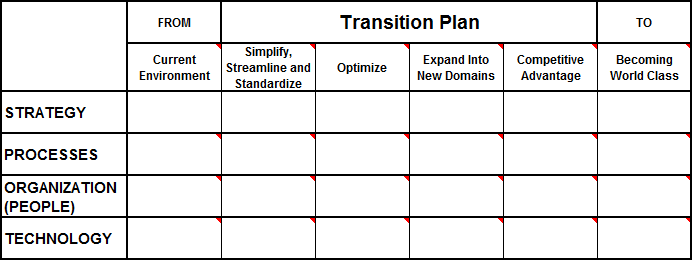
Where Are We? Where Do We Want To Be?
The Transition Planning matrix has a column to describe the current environment and one to describe the future desired environment. While it's often easy to describe the current state of affairs, it takes some thinking and lots of Post-it notes to describe the desired state.
How Do We Get There?
Then there are four key steps that describe most transitions involving Lean Six Sigma Projects:
- Simplify, Streamline and Standardize (Lean)
- Optimize (Six Sigma)
- Expand into New Domains (Innovation)
- Competitive Advantage (pulling ahead of the competition)
Most changes will require changes to people, processes and technology.
SPOT - Strategy, Process, Organization and Technology
The transition planning matrix has four main sections: Strategy, Process, Organization and Technology (SPOT) that describe the key elements of a business transition.
Business strategy consists of three key elements: innovation, improvement and impression. To survive and thrive, businesses need to maximize one of these elements to establish their uniqueness and optimize the other two in service of the core strategy. Apple is known for innovation . Wal-Mart is known for improvement and operational efficiency . And Nordstroms is known for impression and customer satisfaction. Steve Jobs was known for innovation, but Tim Cook made Apple the operational excellence juggernaut that it is today.
Is your change about innovation, improvement or impression? How will this affect your communication about it? The Strategy section will help you address this facet of change.
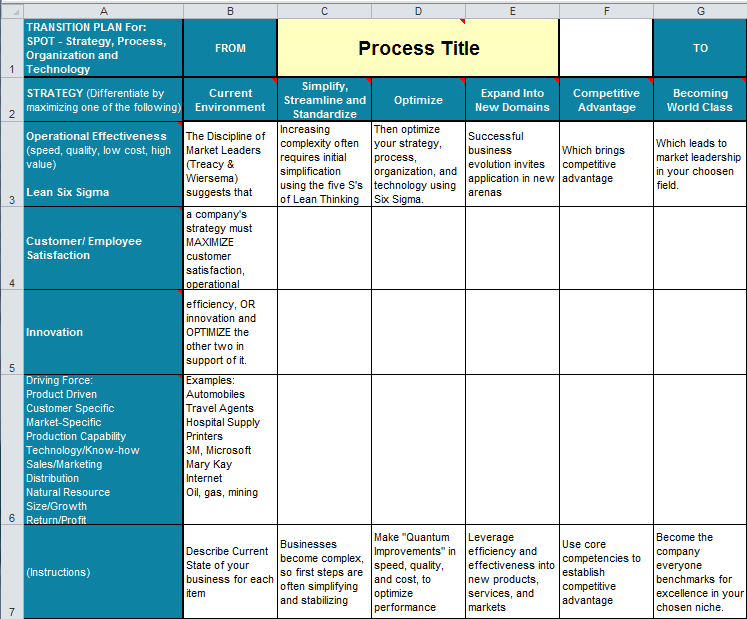
The ability to consistently deliver is a function of process. This section of the Transition Planning Matrix covers essential business processes. There are six key processes: understanding the customer's needs and wants (i.e., voice of the customer), involving customers in design and delivery, marketing and selling, customer service and managing customer information.
How does your change impact and improve one or more of these key business processes?
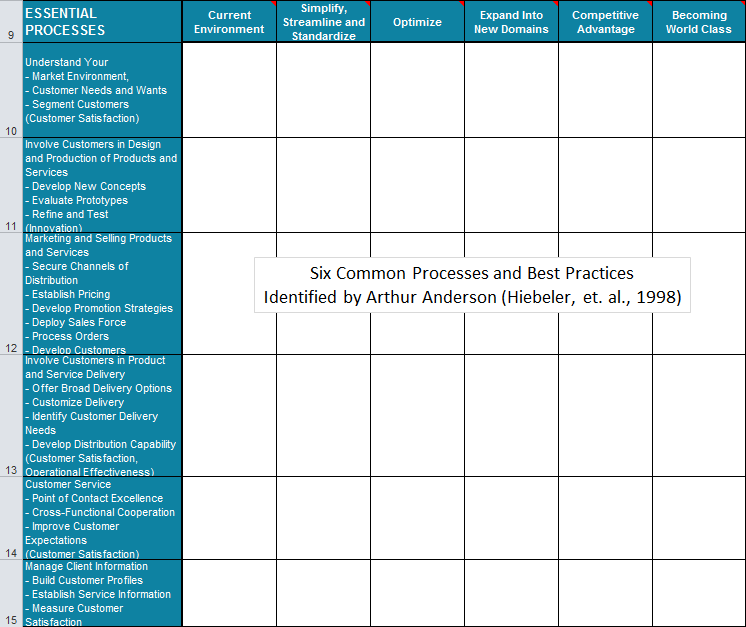
Organization
This section covers various aspects of the human element of the company and its transitional needs. Will this change the organization's structure or role? How will it affect core competencies? What changes will be required in the recognition and rewards systems? What training will be required? How will you create awareness and desire for this change?
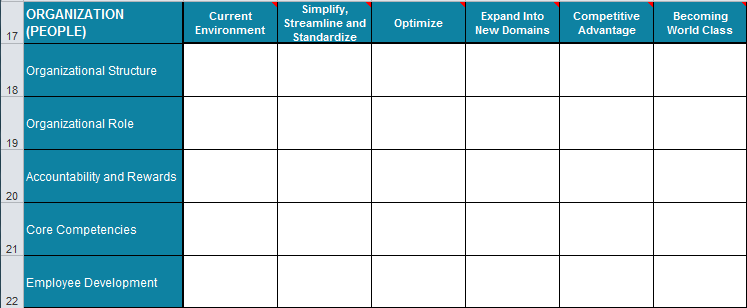
This section covers necessary technology changes like data, hardware and software. What information system changes will be required to implement your improvement? How long will that take? How will you get IT on your side to make the changes? Are there "off-the-shelf" tools like QI Macros that can meet your needs?
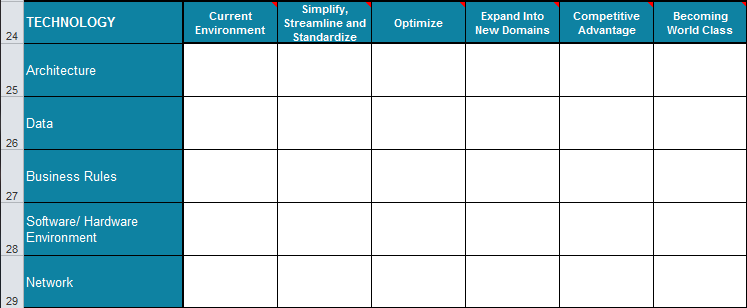
Transition Planning
Once you know where you are and where you want to go, the next step is to identify all of the activities required to move all four elements of the SPOT forward, in sync, to achieve the desired future. This involves more heavy thinking, because if you try to shift the Process or Technology without a plan to get the employees on board to support it, it will fail. The forces of inertia will hold the old behavior in place. Every step forward requires the synchronized movement of all four elements. This is why new technology often sits idle waiting for the SPO to catch up. Or a process change waits on technology. Or an organization change doesn't have the desired effect. Once a company starts shifting all four elements toward the desired future, it's easy to sustain the movement, but getting started is often hard.
Where do you want to be?
Every change, large or small, needs to be examined to determine what else needs to be aligned to ensure its success. I've seen too many projects fail to achieve desired results because teams forgot to align strategy, process, organization and people in service of the change. I've seen too many projects fail because the change wasn't woven into the new employee orientation training and reward systems.
The transition planning matrix can help you envision the future, identify the tarpits along the way and implement countermeasures to make sure the change survives and thrives.
The Transition Plan is one of many tools included in QI Macros add-in for Excel.
QI Macros adds a new tab to Excel's menu, making it easy to find any tool you need. If you can't locate a tool, use the find tools feature on the far right side of QI Macros menu.

Other Charts in QI Macros Add-in for Excel

QI Macros Draws Powerful Smart Charts in Seconds
- Value Stream Maps
Try QI Macros on us!
Or browse all products...
- Six Sigma Tools
- Six Sigma Software
Read What Others Say CNET & Industry Leaders
Verified Customer Reviews
- SPC Software for Excel
- Free 30 Day Trial
- On-line Tech Support
- QI Macros Reviews
- Free QI Macros Training
- Privacy Policy

KnowWare International, Inc. 2696 S. Colorado Blvd., Ste. 555 Denver, CO 80222 USA Toll-Free: 1-888-468-1537 Local: (303) 756-9144

Organizational Change Plan Template

What is an Organizational Change Plan?
An organizational change plan outlines the process for implementing a desired change within an organization. It includes the objectives, actions, and measurements that need to be taken in order to ensure that the change is successful. The plan is created in order to increase the likelihood of a successful transition and minimize disruption to normal operations.
What's included in this Organizational Change Plan template?
- 3 focus areas
- 6 objectives
Each focus area has its own objectives, projects, and KPIs to ensure that the strategy is comprehensive and effective.
Who is the Organizational Change Plan template for?
This organizational change plan template is designed to help leaders and transformation teams in organizations of all sizes and industries create an effective plan to manage organizational change. It provides a comprehensive framework to assess the current state, develop a strategic plan, and implement change in an organized and structured way.
1. Define clear examples of your focus areas
A focus area is an area of the organization that is targeted for improvement. It is a broad category that encompasses a range of objectives, actions, and measurements. Examples of focus areas in an organizational change plan are assessing the current state, developing a strategic plan, and implementing change.
2. Think about the objectives that could fall under that focus area
Objectives are specific goals that need to be achieved in order to accomplish the focus area. Objectives should be measurable and should have clear goals and timelines. Examples of objectives in an organizational change plan are to identify areas of improvement, assess human resources and financial risks, and establish strategic goals.
3. Set measurable targets (KPIs) to tackle the objective
KPIs (Key Performance Indicators) are measurable targets that are used to measure the success of an objective. KPIs should be measurable, have clear targets, and include a unit of measurement. Examples of KPIs in an organizational change plan are to reduce time spent on unnecessary tasks, increase revenue, and increase customer satisfaction.
4. Implement related projects to achieve the KPIs
Projects (actions) are the steps that need to be taken in order to achieve the objectives and KPIs. Projects should include a timeline and should be structured in order to maximize efficiency. Examples of projects in an organizational change plan are to conduct a comprehensive analysis of current operations, assess human resources and financial risks, and create a timeline for change.
5. Utilize Cascade Strategy Execution Platform to see faster results from your strategy
Cascade Strategy Execution Platform is an online platform that is designed to help leaders and transformation teams create and manage organizational change plans quickly and easily. It provides tools to develop objectives, set KPIs, and implement projects, as well as track and measure progress. With Cascade, you can easily create and manage organizational change plans in order to achieve faster and more successful results.
- Contact sales
Start free trial
How to Make a Change Management Plan (Templates Included)

A change management plan is a critical part of any project plan can be the difference between project success and failure. Let’s break down how to create one so you can better manage project change, no matter where it shows up in your project life cycle.
What Is a Change Management Plan?
A change management plan is a process that implements a change or changes in a project or across an organization. You can think of a change management plan as a roadmap that shows all the steps you need to take from identifying the change to realizing it. This plan not only sets the course by which you can execute the change, but asks how it will impact the project or organization, how workflows will be affected and whether it will alter your relationship with your customers or teams.
Manage Change, Reap the Benefits
By using an effective change management plan you’re able to manage the process and thereby be more productive in its execution. It helps you control the budget, schedule , scope and resources. It even impacts your communication process. In fact, the change management plan is systemic, touching on all aspects of project management. When done correctly, it will minimize the impact to your project or organization.
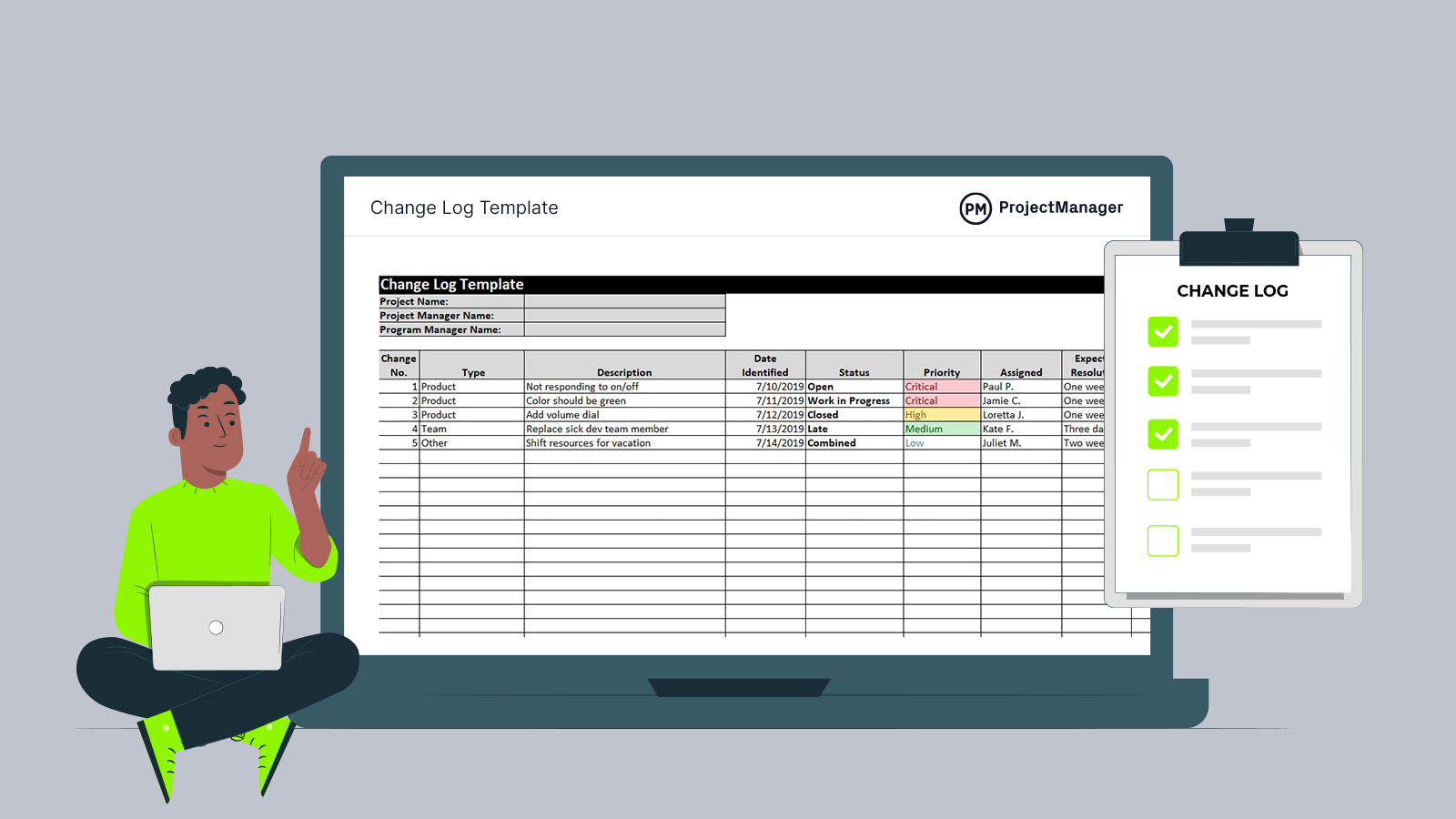
Get your free
Change Log Template
Use this free Change Log Template for Excel to manage your projects better.
Elements of a Change Management Plan
Define the following elements below to create an effective change management plan for your project.
- Change Management Roles: First, who is going to be doing what in your change management plan? Who has the authority to submit a change request, who reviews them and who authorizes them? You’ll need to define roles and responsibilities for effective change control
- Change Control Board: Staff your change control board with people who will receive the change requests and have the authority to approve or veto them.
- Develop a Process: You need a process in order to effectively submit, evaluate, authorize and manage and control the change requests. Without a process, change management is unmanageable.
- Change Request Form: You can’t have a process, however, if you don’t first create a change request form to capture the data. It’s important that the information you collect is consistent throughout the project.
- Change Log: Basically, this is a place to collect, and then track all the change orders . Without a central location where changes can be identified, requests approved and assignments documented, there’s no way to know if there’s been any progress.
- Use a Tool: A project planning software can help you keep track of changes through every phase of the project until it’s finally resolved.
Project management software can help you execute your plan. ProjectManager has an award-winning Gantt chart that can be used to create your change management plan: organize tasks, link dependencies, set milestones and even filter for the critical path. The plan can be shared with your team, who can use our multiple project views to collaborate better. You won’t find an easier-to-use or more powerful change management software. Get started with ProjectManager today for free!

How to Make a Change Management Plan
Jennifer Bridges, PMP, breaks down how to create a change management plan in the following video. She explains how change is measured against the project baseline , which is the detailed description of the time, cost, scope and quality of the project that you have determined when planning. Therefore, a change management plan is going to take that baseline and ask how, what, when where, why and how to figure out change and how to manage it.
After you watch the video, be sure to try some of our free templates below to help you manage change and your project.
Pro-Tip: There are different types of change management, and the best way to get a holistic understanding of it is through the triple constraint. There are processes established to help with the change management process , and it’s crucial to know them. Also, keep in mind that change management procedures vary depending on the industry you’re in. For example, change order forms are used primarily in construction to change the scope of projects.
Take it Further: Sometimes, when tough changes happen in the midst of execution, technical debt can be accrued. Learn all about it and how to minimize it.
Our free change log template for Excel is part of any thorough change management plan. It is the next step once a change has been proposed and authorized by the project manager. This free template has space to write the change request type, the date it was identified, a brief description, the priority and its status.

More Change Management Plan Templates
Change management can be planned, executed and monitored best with project management software , but if you’re not using that tool then you can still get by with templates. ProjectManager has dozens of free templates on its site, which touch on every aspect of a project, including the change management plan. Below are three free templates to get you started.
Change Request Form Template
Before a change can be approved, stakeholders or project team members should use a change request form to suggest changing the project scope or project plan. If their request is feasible, it can be approved and turned into a change order.
Change Order Form Template
Our free change order form template for Excel is just the tool to streamline the change approval process. It helps you understand the change, from the opportunity it offers and the reason for the change to how long it’ll take, who requested it and who will authorize or deny it.
Action Plan Template
Get that change management plan executed properly with our free action plan template for Excel. This is where you can organize all the tasks that are necessary to implement the change. You can note which action steps occur during which phase in the project and then assign them to your team. They’ll see the start date and due date as well as the planned hours you expect for the duration of each task. There’s even room for resources and costs related to the work.
Go Beyond Change Management Templates with ProjectManager
ProjectManager is cloud-based work and project management software that connects hybrid teams to help implement change across an organization or project. Real-time data makes it collaborative to the core and multiple project views mean anyone in any department, no matter how, when or where they work can use it the way they want, whether in a task list, Gantt or kanban board.
You’ve seen how a Gantt chart can organize the change management plan but when that plan is assigned to teams that maybe work in a more agile environment, then they need a different tool. Kanban boards visualize workflow and workflows can be customized to automate task approvals, for example. Managers have control and transparency, while team members can manage their backlog and collaborate when planning sprints.

Track Change on the Dashboard
Monitoring change is how you make sure your actual progress is aligned with your change management plan. Our real-time dashboard gets live data and crunches the numbers to display metrics on time, cost and more in easy-to-read graphs and charts. It’s a status report whenever you need one so you can catch issues and resolve them before they cause problems.

ProjectManager is award-winning work and project management software that connects hybrid teams for greater productivity. Manage change without impacting your schedule or budget. Get started with ProjectManager for free today!

Deliver your projects on time and under budget
Start planning your projects.

How to Create a Clear Transition Plan? (Free Template Included)
To exist is to change, to change is to mature, to mature is to go on creating oneself endlessly. – Henri Bergson
Certain changes in business are based on both- external factors like the emerging competition, varying customer needs, and internal factors like organizational shifts or team operation that can affect the dynamics of a business.
As a result, transitioning in roles, directions, and projects , are common occurrences. Therefore, creating a transition plan during times of change can help you ensure smooth functioning in the organization.
Whether your company is going through a major or a minor transformation, building a transition plan will inform incumbent employees on what they have to do to make sure that the changes take place effectively without hampering the daily output of the business. However, drafting a clean transition plan can be demanding sometimes!
This is why we created a transition plan template (provided at the bottom) for you to make the process easy and smooth. But before we dig into the template, it is important to understand what is a transition plan, why do we need one, and what are the things we need to include in this document.
Let’s begin!
What is a Transition Plan? (Definition)
A transition plan is a document that outlines all the changeover activities and processes that need to follow or implement for a smooth transition depending on the kind of shift being made between the incumbent and the successor.

The transition can be an employee shifting to another position, a project transition, or a business owner changing into a buyer, each transition is equally important across any role and role-based information that passes hands.
Why is the Transition Plan Important?
A business transition plan puts together all the goals, priorities, and strategies in one place for a successful shift. Also, a transition plan helps make sure that all tasks and duties are documented and passed on. Without a well-defined plan, current employees might leave their financial and personal future to chance.
These plans are crucial for any role that is being taken over by another person. It’s a smart way to ensure that nothing slips through the cracks. Having a process in place to hand over the role and responsibilities helps to ensure a smooth transition.
Along with this, the financial security of employees and their families depends on the execution of an effective transition plan.
Read more: Contingency Plan to Tackle Unfavourable Conditions for your Business!

How to Create a Transition Plan? Follow these Steps!
The structure of a typical Transition plan contains the following elements:
Step 1: Add the title of the transition plan
The title of a transition plan describes the purpose and movie of the whole process.
Step 2: Mention transition details
- New Role Start Date
Step 3: Role accountabilities & expectations for the transition
This represents the roles and responsibilities of the employee for the transition.
Step 4: Incumbent knowledge transfer requirements for plan
This includes the measurable transfer of on-the-job knowledge of both explicit skills as well as implicit or tacit knowledge during the transition.
Step 5: Add role transition checklists
Transition Checklist offers a guideline for key transition activities that must be completed by certain dates to facilitate the transition.
Step 6: Transition plan agreement
- Incumbent Signature
- Successor Signature
- Manager Signature
These components may differ according to the type of transition being made!
Read more: Growth Plan: What is it & How to Create One? (Steps Included)
3 Points to keep in mind before you start creating a transition plan
After assessing the above-mentioned components, these 3 steps are set forth below to help you get started on your transition plan.
1. The incumbent should obtain an evaluation of role and responsibilities: Understanding the value of the current role and duties is the very first step in making a transition plan. Hence, it is important to have an understanding if the successor is ready to acquire the responsibilities given the current circumstances.
2. The incumbent should begin making a plan regarding his or her future following the transition: This step is about ensuring that an incumbent is personally ready to exit from any company, project, or responsibility. This makes the transition less painful.
3 . Bringing the plan into action with formal groundwork- The final step is to bring the transition plan into action and should be executed with effective communication and formal planning, this will result in an effortless hand-off process.
Create a well-defined Transition plan the Right Way with Bit
All set to create a clear transition plan document to make a dynamic shift in your business? Well, we have got the perfect tool for you!
Bit.ai is a new age online document collaboration tool that helps anyone create awesome transition plan documents, employment contracts, employee handbooks, and other company documents in minutes. Bit is the dream tool for both successors and employees as it helps revolutionize the transition process and makes it more smooth, and interactive.

Bit has an amazing UI that’s easy to understand by a new user, making onboarding easier. The user experience is phenomenal too as everything is easily organized in workspaces, folders, and content libraries.
No matter if you want to create a transition plan or a job description for your business, Bit’s amazing organizational capabilities help arrange your information easily.
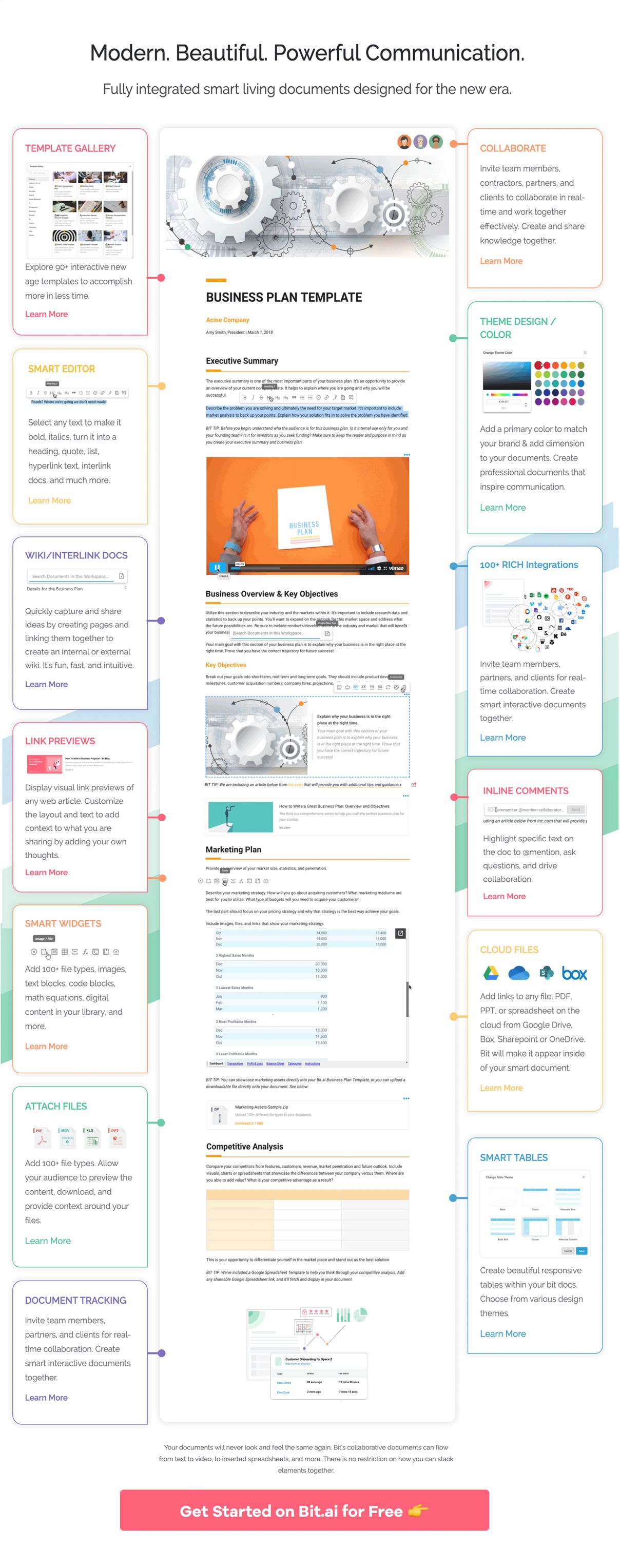
Collaborate in real-time – Multiple people can simultaneously collaborate on a Bit smart document in real-time. Suggest edits, work collectively and ask questions with real-time mentions, and comments.
Minimalistic Editor – Bit’s editor allows you to focus on writing and the work you’re implementing, without any distractions. The platform interface is easy to understand, making it easy for new visitors to get onboard quickly.
Distraction-free and quick documentation- The best part is Bit’s support for Markdown which allows developers to quickly create and format text without any distractions. Once you are done creating your document, you can easily export it as PDFs, Word files, Markdown, and much more. Markdown is supported by GitHub and other software development tools, making it easy to share the work you do inside of Bit with other platforms.
Automated table of contents – Bit also has an automated table of contents based on the headers you add to your document. This makes sure you can scroll to different sections of your document quickly as a successor, employee, and for your HR viewing the final published document!
Multiple ways to share- Bit documents can be shared in a live state meaning that all changes that you make to the document will update in real-time. Moreover, features like document tracking, password protection, file access restrictions, etc. help keep your documents safe.
Here are some of the man benefits of using Bit:
- Smart search, which allows anyone to search and find any files, images, documents, etc. quickly.
- Interlink your transition plan and other documents.
- Create fully responsive documents.
- Create private transition plans only visible to yourself or your team.
- Track engagement on shared transition plans with colleagues, clients, partners, etc.
- 100+ rich media integrations.
Now, that you have learned everything about a transition plan and how to create a document on it, feel free to check out Bit’s amazing transition plan template to make the transitioning process a success!
Read more: Change Management Plan: What is it and How to Create it?
Transition Plan Template by Bit
To make the process of crafting a Transition Plan easier and fun, we have created a ready-made template for you! Check it out below:

How to use a Transition Plan Template with Bit
The process of creating a transition plan on Bit is insanely easy! Just follow these four simple steps to create a thesis report document quickly:
Step 1: Create a Bit Account
Go the home page of Bit.ai and click on Get Started for Free or Sign Up to get started. Enter your email address to sign up. Once in, you can create your personal profile.

Step 2: Create a Workspace
Workspaces are where the work gets done. Click on the ‘Create Workspace’ button on the right. A popup will show up prompting you to add a name for your new workspace. You can create a workspace around a team, department, large project, client, partner, etc.
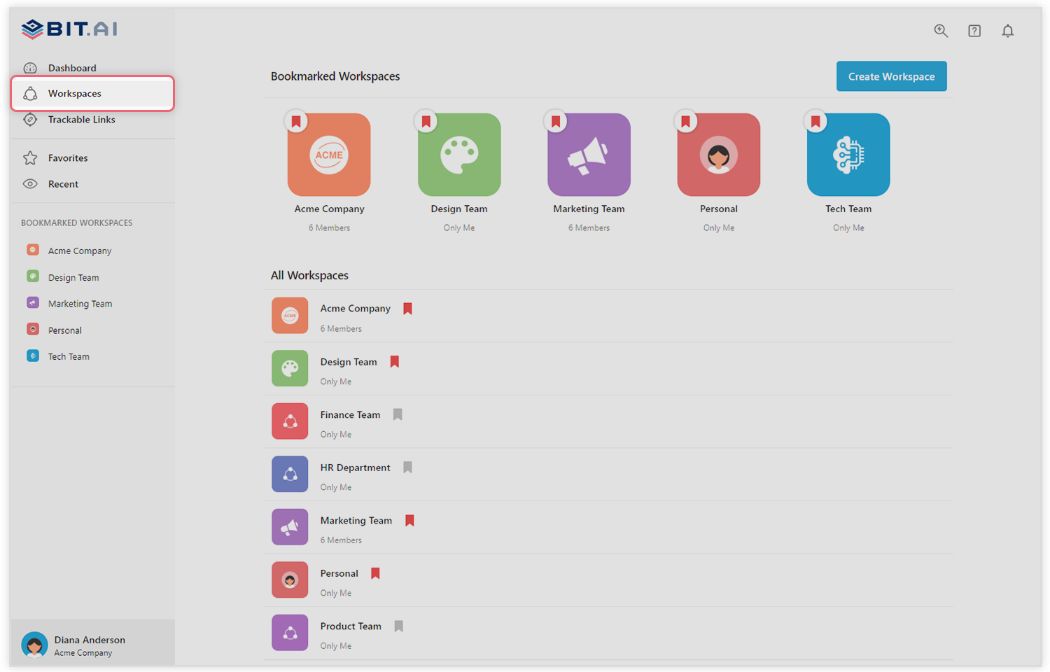
Inside each workspace, you can create an unlimited amount of Bit documents and access your content library (storage area for all of your digital assets – web links, files, cloud files, rich embeds, etc.).
Step 3: Add Team Members
Bit allows your team members to collaborate in real-time and get work done. Collaboration starts at the workspace level.
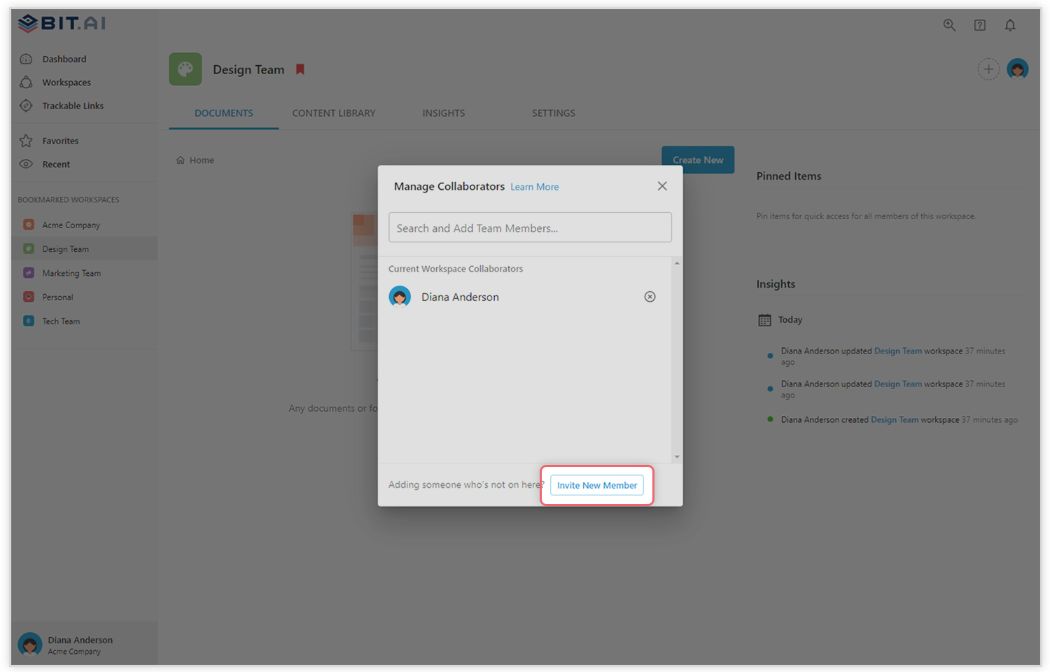
You create private workspaces by default. However, you can invite others to join you inside of a workspace and collaborate together with the knowledge, projects, documents, and content inside of the workspace.
Step 4: Create Your Desired Document
Once you are in the workspace, click on the ‘ Create New’ button. Select ‘From Template’ in the dropdown.

A pop-up will display allowing you to select a template from the gallery. In the search box on the top left corner, you can search for a “transition plan template”. Once your desired template pops up, click on it and click on the “Use Template ” button on the bottom right corner.
That’s it! Your transition plan document is ready for use!
Few more templates you might be interested in:
- SWOT Analysis Template
- Scope of Work Template
- Business Plan Template
- Status Report Template
- Competitor Research Template
- Training Manual Template
- Project Proposal Template
- Company Fact Sheet
- Executive Summary Template
- Operational Plan Template
- Pitch Deck Template
🎥Watch this video to learn more👇
Finally, keep in mind that, transitioning out of roles or responsibilities is not an isolated event. It is a comprehensive and coordinated process. The business transition plan is not supposed to be filed away and occasionally reviewed.
It is created with the purpose of immediate implementation. If you need any help with our transition plan template or want to know how Bit can help your team, let us know by tweeting us @bit_docs. Cheers!
Further reads:
- Risk Management Plan: What, Why, and How to Write?
- Succession Planning: What is it & How to do it?
- Action Plan: What is it & How to Write it? (Steps and Format)
- Employee Development Plan: What is it & How to Create it? (Steps Included)
- What is an Implementation Plan & How to Create One?
- How to Create a Strategic Process Improvement Plan?
- How To Make A Full Proof Business Plan for Your Company?

How to Create an Agile Product Roadmap?
How to Create Lesson plans in Simple Steps? (Free template)
Related posts
Top airtable alternatives & competitors you must explore, implementation plan: what is it & how to create it (steps & process), employee orientation: a comprehensive overview and best practices, 21 business productivity tools to enhance work efficiency, cornell note-taking: what is it and how to do it, procedural knowledge: what is it and why is it important.

About Bit.ai
Bit.ai is the essential next-gen workplace and document collaboration platform. that helps teams share knowledge by connecting any type of digital content. With this intuitive, cloud-based solution, anyone can work visually and collaborate in real-time while creating internal notes, team projects, knowledge bases, client-facing content, and more.
The smartest online Google Docs and Word alternative, Bit.ai is used in over 100 countries by professionals everywhere, from IT teams creating internal documentation and knowledge bases, to sales and marketing teams sharing client materials and client portals.
👉👉Click Here to Check out Bit.ai.
Recent Posts
Top 12 ai assistants of 2024 for maximized potential, maximizing digital agency success: 4 ways to leverage client portals, how to create wikis for employee onboarding & training, what is support documentation: key insights and types, how to create a smart company wiki | a guide by bit.ai, 9 must-have internal communication software in 2024.
JavaScript seems to be disabled in your browser. For the best experience on our site, be sure to turn on Javascript in your browser.
Explore the Levels of Change Management
Change Management Plans
Lisa Kempton
Updated: February 21, 2024
Published: March 29, 2021
Change management comes to life through change management plans. The objective of the plans is to support impacted individuals and groups to move through their ADKAR journeys effectively and enable them to adopt and use a change. Practitioners develop change management plans during Phase 2 of the Prosci 3-Phase Process.

The Prosci 3-Phase Process
Master Change Management Plan
The Master Change Management Plan is the deliverable from Phase 2 – Manage Change . It describes the high-level blueprint and specific plan or plans to be developed for the change project, including the actions, roles and timelines to prepare, equip and support people to achieve their ADKAR transitions.
Before developing any specific change management plan, change practitioners create an ADKAR Blueprint to set the direction for a change initiative. The ADKAR Blueprint is a simple and scalable guide, oriented toward people, which enables the practitioner to identify at a high level the milestone dates, expected gaps and initial ideas for each ADKAR element.
Under some circumstances, such as small, low-risk changes, the ADKAR Blueprint may be all that is needed. Or, if you’re a novice practitioner, the ADKAR Blueprint may be all you feel confident developing for your change. For more complex, higher-risk projects, however, the ADKAR Blueprint serves as a starting point to help you identify, scale and develop a set of robust change management plans to meet the needs of your specific project.
Get Prosci Certified
Learn to manage change on a real organizational project when you attend the Prosci Change Management Certification Program.
Find a Program
Core Change Management Plans
The core change management plans are the specific, high-value plans recommended for most change initiatives. Designed to be scalable and flexible to your situation, they can be role-based or activity-based:
Sponsor Plan
People manager plan, activity plans, communications plan, training plan.
While the ADKAR Blueprint addresses all elements of ADKAR, each core change management plan includes tactics to address certain ADKAR elements. Again, you may or may not need all four core plans. The number, type and depth of plans required depend on the project as well as the organization’s unique needs.
Effective sponsorship is consistently cited as the top contributor to project success in every Prosci Best Practices in Change Management benchmarking study. Unfortunately, even the best senior leaders sometimes do not demonstrate effective sponsorship. They may misunderstand the importance of their role, struggle with competing priorities, or simply not know what to do. To ensure successful sponsorship, the change practitioner must provide the needed support and structure, and enable sponsors to execute their employee-facing responsibilities.
The Sponsor Plan is a recommended core role plan to target the Awareness, Desire and Reinforcement elements of the ADKAR Model . This change management plan, implemented by the primary sponsor and other members of the sponsor coalition, enables them to effectively carry out their roles—to be active and visible, build a coalition of support, and communicate directly with employees.
As “people managers,” middle managers and supervisors directly impact front-line employees because these employees will typically emulate their manager’s attitudes about the change, whether those attitudes are supportive or not.
A recommended core role plan, the People Manager Plan targets all elements of the ADKAR Model. This plan, carried out by people managers, enables them to effectively perform their CLARC roles:
- Communicator – Build Awareness by addressing “Why?” “Why now?” and “What’s in it for me?”
- Liaison – Solicit and relay feedback between employees and change teams about implementation progress
- Advocate – Promote support for change with words and deeds
- Resistance Manager – Identify root causes and address individual resistance to change
- Coach – Help teams gain Knowledge and Ability through one-on-one and one-to-many opportunities
The People Manager Plan outlines the steps for involving managers in these change management activities. The plan starts by laying out how the project team and change management resources will build commitment, and train and prepare managers and supervisors for their role in a change. Once on board, managers and supervisors work with front-line employees to understand their needs and help them adopt and use changes.
People often mistakenly equate change management with communication. While many organizations have communications departments and many project teams create communications plans, they often fail to recognize how communication fits into the broader change process. Communication is a critical component of implementing change but is by no means the only requirement for success.
A recommended core activity plan, the Communications Plan targets the Awareness and Reinforcement elements of the ADKAR Model. The Communications Plan identifies audiences, develops key messages, and determines the frequency of communications, delivery mechanisms, and senders.
Note that effective communication does not mean an attractive newsletter, the use of a standard template, or even a high frequency of messages. Effective communication is targeted for each of the different audiences impacted by the change and focuses on what they care about and what they need to know. A structured communication plan presents the right messages at the right time, in the right format or via the right channel, and from the right sender.
Absent a holistic approach to change management, organizations sometimes use training alone to manage changes without critical activities like sponsorship and coaching. This is one of the biggest errors a team can make when introducing a change and a prime example of poor change management.
A recommended core activity plan and one of the most-used change management plans, the Training Plan targets the Knowledge and Ability elements of the ADKAR Model. The plan is created by identifying the different audiences that need training, conducting a needs assessment and gap analysis, and documenting requirements for the training organization.
In addition to project-specific training, it is important to include training about change management in this plan. Sponsors and people managers need training to understand their important roles and responsibilities in managing change.
When change management is applied effectively, a partnership forms between the change management team (which documents knowledge needs) and the training group (which develops and delivers the needed training).
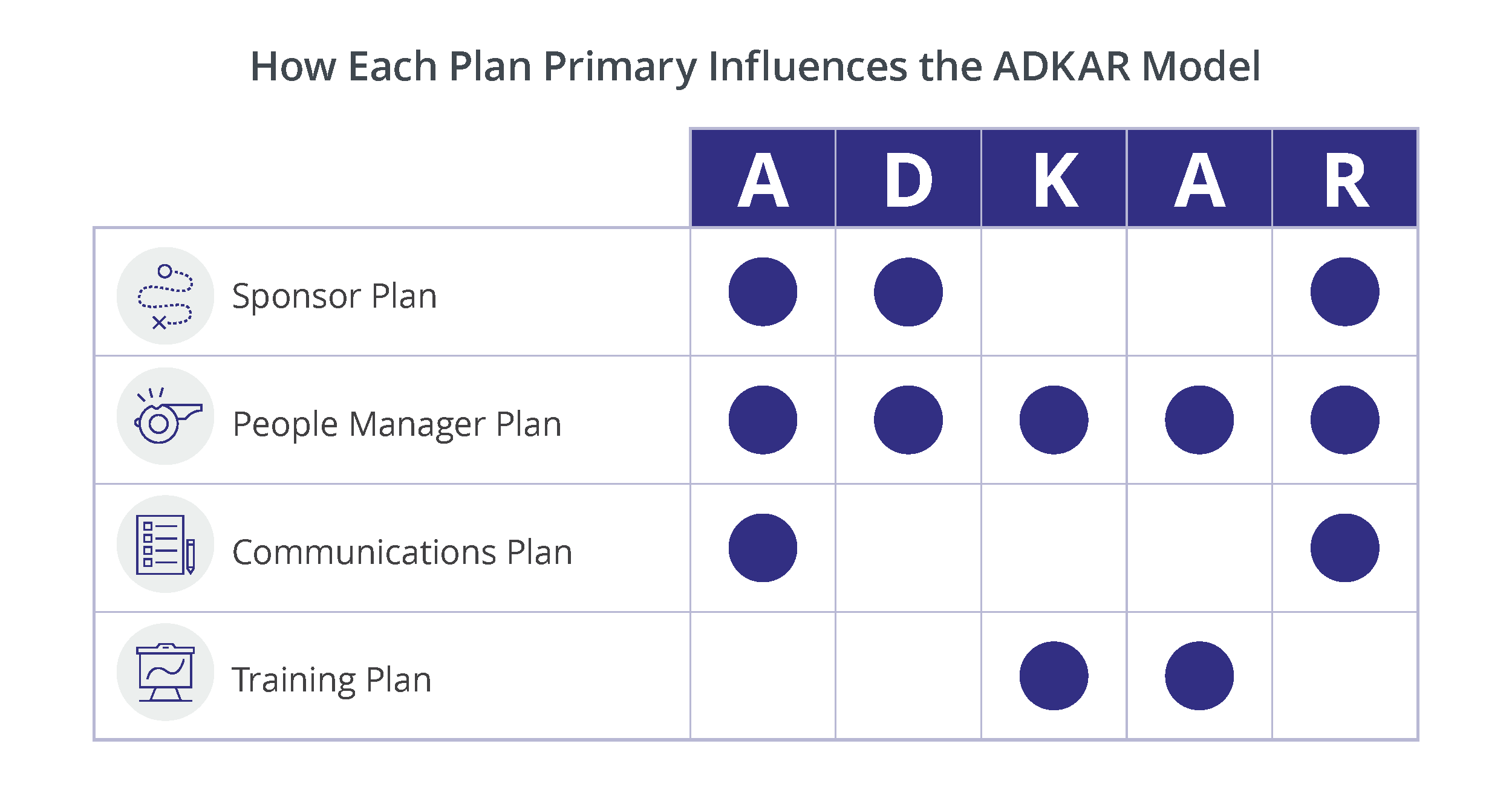
Extend Plans
“Extend” Plans are the potential additional plans you may decide to include in your Master Change Management Plan to address issues that are unique to your change.
Resistance Management Plan
Resistance to is a natural reaction to change and is consistently cited as a top obstacle to success in Prosci research. Sponsors and people managers can take meaningful steps early in a project to mitigate potential impacts through resistance prevention.
An extend activity plan that may be created during Phase 2 – Manage Change , the Resistance Management Plan targets the Desire element of the ADKAR Model by preventing, addressing and responding to resistance. The plan identifies potential sources and forms of resistance, steps to answer objections before they manifest, who will be involved in managing resistance , and how you will prepare them to effectively address the resistance.
A complete resistance management plan will also include steps for monitoring and responding to resistance, including identifying triggers and taking appropriate actions.
Additional Extend Plans
You may decide you need additional change management plans to meet the specific requirements of your change. Such plans can be completely unique to your change and organization, or they may resemble the typical extend plans below.
- Change Agent Network Plan – This plan directs the activities of an engaged group of change advocates who represent the interests of their respective impacted groups. The specific role and contribution of change agents is defined by the organization and may be unique to the initiative.
- Sponsor Coalition Plan – This plan is intended to ensure that all members of the coalition support the change and are aligned with respect to the desired outcomes. The change practitioner develops the plan for the primary sponsor, who executes the plan with members of the sponsor coalition.
- Sustainment Plan – This plan helps ensure that individuals will continue to use adopted changes over time, sustaining the change so that the organization realizes intended benefits. The Sustainment Plan also identifies activities necessary to ensure the transfer of ownership of the change from the change management team to the appropriate business owners.
Putting Together Your Change Management Plans
Every change initiative needs a combination of plans, and the right combination depends on your needs. The Prosci Methodology encourages change practitioners to take a flexible approach to developing change management plans based on numerous factors including the risk level of the change, culture of the organization, and the practitioner’s change management competency level. These factors influence which plans to choose—whether the ADKAR Blueprint alone or some other combination of core and extend plans—to support your work and success with change.

Lisa Kempton is Prosci Director of Global Learning Products. She has been helping organizations excel at change for more than 20 years. She is best known for her work in collaboration with Tim Creasey to build and develop the Prosci Change Scorecard – a holistic, research-based tool to bring clarity, alignment and credibility to the Change Management process. Previously, as a senior consultant and change leader in the healthcare, insurance, IT, and utilities industries, Lisa led large-scale strategic transformations, established a Change Management practice and infrastructure, designed organizational effectiveness solutions, and more.
See all posts from Lisa Kempton
You Might Also Like
Enterprise - 5 MINS

Success Spotlight: Leaders of Change at MGIC

Success Spotlight: Leader of Change Management at Microsoft
Subscribe here.
.css-s5s6ko{margin-right:42px;color:#F5F4F3;}@media (max-width: 1120px){.css-s5s6ko{margin-right:12px;}} Join us: Learn how to build a trusted AI strategy to support your company's intelligent transformation, featuring Forrester .css-1ixh9fn{display:inline-block;}@media (max-width: 480px){.css-1ixh9fn{display:block;margin-top:12px;}} .css-1uaoevr-heading-6{font-size:14px;line-height:24px;font-weight:500;-webkit-text-decoration:underline;text-decoration:underline;color:#F5F4F3;}.css-1uaoevr-heading-6:hover{color:#F5F4F3;} .css-ora5nu-heading-6{display:-webkit-box;display:-webkit-flex;display:-ms-flexbox;display:flex;-webkit-align-items:center;-webkit-box-align:center;-ms-flex-align:center;align-items:center;-webkit-box-pack:start;-ms-flex-pack:start;-webkit-justify-content:flex-start;justify-content:flex-start;color:#0D0E10;-webkit-transition:all 0.3s;transition:all 0.3s;position:relative;font-size:16px;line-height:28px;padding:0;font-size:14px;line-height:24px;font-weight:500;-webkit-text-decoration:underline;text-decoration:underline;color:#F5F4F3;}.css-ora5nu-heading-6:hover{border-bottom:0;color:#CD4848;}.css-ora5nu-heading-6:hover path{fill:#CD4848;}.css-ora5nu-heading-6:hover div{border-color:#CD4848;}.css-ora5nu-heading-6:hover div:before{border-left-color:#CD4848;}.css-ora5nu-heading-6:active{border-bottom:0;background-color:#EBE8E8;color:#0D0E10;}.css-ora5nu-heading-6:active path{fill:#0D0E10;}.css-ora5nu-heading-6:active div{border-color:#0D0E10;}.css-ora5nu-heading-6:active div:before{border-left-color:#0D0E10;}.css-ora5nu-heading-6:hover{color:#F5F4F3;} Register now .css-1k6cidy{width:11px;height:11px;margin-left:8px;}.css-1k6cidy path{fill:currentColor;}
- Hiring & Onboarding |
Transition plan template
Work doesn’t stop when someone leaves your team. Learn how to create a transition plan template in Asana so you can keep things moving when team members change jobs.
Sign up to create your own template.
INTEGRATED FEATURES
Recommended apps.
When a team member leaves, you need to pick up where they left off. To avoid unnecessary backlogs, it’s essential to transfer key knowledge and responsibilities before someone leaves—so you can keep projects moving after they’re gone.
![organizational change transition plan template [product ui] Transition plan project in Asana, spreadsheet-style project view (List)](https://assets.asana.biz/transform/bc657b14-cb83-45ab-85fc-10159ed0575f/TG23-web-hero-018-transitionplan-static-2x?io=transform:fill,width:2560&format=webp)
A transition plan template does more than just organize information. It also gives your team a standardized blueprint for transitions and outlines what steps employees need to take before they leave.
What is a transition plan?
A transition plan is a way to organize and transfer knowledge when team members transition out of a role. It helps maintain continuity by ensuring that no information is lost and projects can keep moving forward. For example, the transition plan for an IT employee could include a list of core responsibilities, passwords for key systems, and outstanding deliverables for upcoming projects.
What is a transition plan template?
A transition plan template is a reusable guide that lets you quickly set up a transition plan whenever a team member changes jobs. Instead of creating a transition plan from scratch each time, your template provides a blueprint for the information and responsibilities team members need to transfer before they leave. That means they’re less likely to forget key details, and your team gets a standardized set of information.
The benefits of a digital transition plan template
There’s more to a transition plan template than just a list of responsibilities. You also need to plan how to transfer ownership of key projects and provide your team with the context they need to avoid bottlenecks and keep working. However, it’s difficult (and time consuming) to include all of that information in one static transition plan document.
Instead, a digital transition plan template lets you quickly link to contextual information and create a concrete schedule for how you’ll transfer ownership of key tasks. It’s a single source of truth you can share with your teammates, and a way to track the progress of transitions. And once you create one digital transition plan template, you can easily reuse it each time a team member changes roles.
When you create a transition plan template in a project management tool instead of a static document, you can:
Standardize the information team members share when they transition.
Ensure team members pass along key information before they leave.
Track the progress of transitions in real time.
Keep projects moving and make sure key information isn’t lost.
Share transition plans with stakeholders.
Assign owners and deadlines so it’s clear who should take over specific roles and responsibilities .
Attach contextual information like documents, spreadsheets, or links to relevant projects.
What to include in your transition plan template
A great transition plan template includes all the key details your team needs to know before someone leaves. But when you’re transferring that much knowledge, organization is key.
Make sure your transition plan template lets you sort and categorize responsibilities according to things like their priority, expected effort, and timeframe. And to provide sufficient context, you also need a way to link to relevant documentation and related projects. That way, both you and your team can easily navigate each transition plan and find the contextual information you need.
Integrated features
List View . List View is a grid-style view that makes it easy to see all of your project’s information at a glance. Like a to-do list or a spreadsheet, List View displays all of your tasks at once so you can not only see task titles and due dates, but also view any relevant custom fields like Priority, Status, or more. Unlock effortless collaboration by giving your entire team visibility into who’s doing what by when.
Custom fields . Custom fields are the best way to tag, sort, and filter work. Create unique custom fields for any information you need to track—from priority and status to email or phone number. Use custom fields to sort and schedule your to-dos so you know what to work on first. Plus, share custom fields across tasks and projects to ensure consistency across your organization.
Subtasks . Sometimes a to-do is too big to capture in one task. If a task has more than one contributor, a broad due date, or stakeholders that need to review and approve before it can go live, subtasks can help. Subtasks are a powerful way to distribute work and split tasks into individual components—while keeping the small to-dos connected to the overarching context of the parent task. Break tasks into smaller components or capture the individual components of a multi-step process with subtasks.
Add tasks to multiple projects . The nature of work is cross-functional. Teams need to be able to work effectively across departments. But if each department has their own filing system, work gets stalled and siloed. Asana makes it easy to track and manage tasks across multiple projects. This doesn't just reduce duplicative work and increase cross-team visibility. It also helps your team see tasks in context, view who’s working on what, and keep your team and tasks connected.
Gmail . With the Asana for Gmail integration, you can create Asana tasks directly from your Gmail inbox. Any tasks you create from Gmail will automatically include the context from your email, so you never miss a beat. Need to refer to an Asana task while composing an email? Instead of opening Asana, use the Asana for Gmail add-on to simply search for that task directly from your Gmail inbox.
Outlook . As action items come in via email, like reviewing work from your agency or a request for design assets from a partner, you can now create tasks for them in Asana right from Outlook. You can then assign the new task to yourself or a teammate, set a due date, and add it to a project so it’s connected to other relevant work.
Google Workplace . Attach files directly to tasks in Asana with the Google Workplace file chooser, which is built into the Asana task pane. Easily attach any My Drive file with just a few clicks.
Dropbox . Attach files directly to tasks in Asana with the Dropbox file chooser, which is built into the Asana task pane.
Do I need a transition plan template?
People inevitably switch jobs, and as a team lead, a transition plan template helps you ensure a smooth transition every time a team member leaves. It simplifies the transition process by outlining the type of information team members should include in their plan and gives you a way to organize and track all of that information.
What type of information should team members include in their transition plan?
The type of information team members include depends on their current role. That said, be sure to include a list of their responsibilities along with any key contacts and project team members, plus their contact information. It’s also a good idea to attach contextual resources like Word docs or Excel spreadsheets, so your team members can find additional information as needed. And finally, a job transition plan should include a list of outstanding projects, milestones, and deliverables—plus information on who will be accountable for these things after your team member is gone.
How do I create a transition plan template?
First, determine the information your team needs to know when someone transitions—like core responsibilities, outstanding projects, and important cross-functional partners. Then use that information to create your transition plan template, so team members can just fill in the blanks before they leave for a new role. Be sure to include information about priorities and timelines—plus who will be responsible for each task or deliverable after the transition.
Who should I share transition plans with?
You should share transition plans with anyone who will be impacted when your team member leaves—like other team members and cross-functional partners. The earlier someone shares their transition plan, the more prepared your team will be for their departure. By prompting individuals to share their plan early, you can leave sufficient time to outline training requirements for specific tasks and get your team members up to speed.
How detailed should a transition plan be?
The more detailed a transition plan is, the better. That said, a digital transition plan template allows you to link directly to contextual documentation instead of duplicating information in a static document. That means your actual transition plan can be more high-level, but team members can still click through to find all the information they need.
Related templates
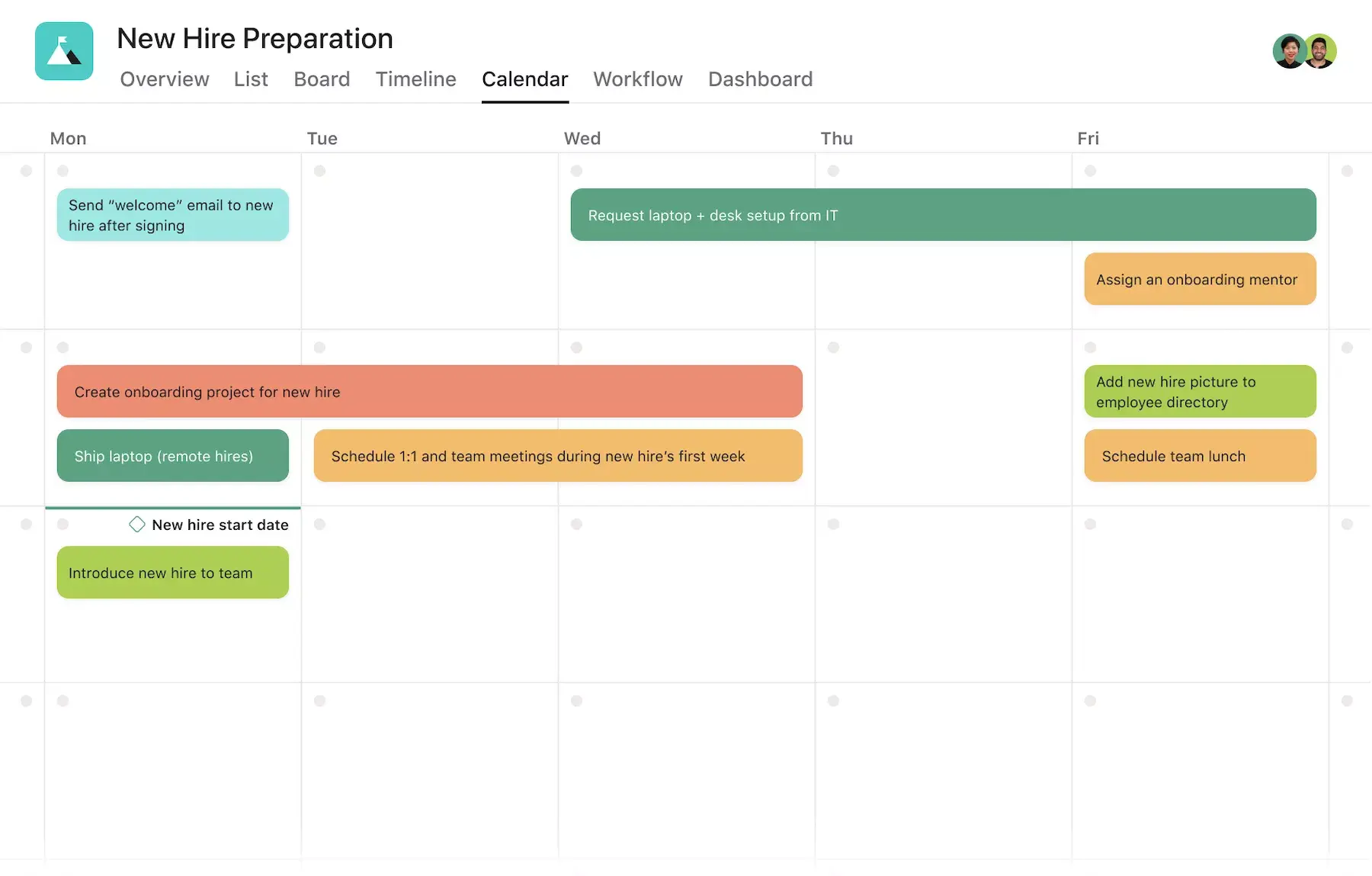
New hire checklist for managers
Bringing on a new member of the team is exciting—but it does involve a bit of preparation. Take some of the busywork away with Asana’s new hire checklist template.
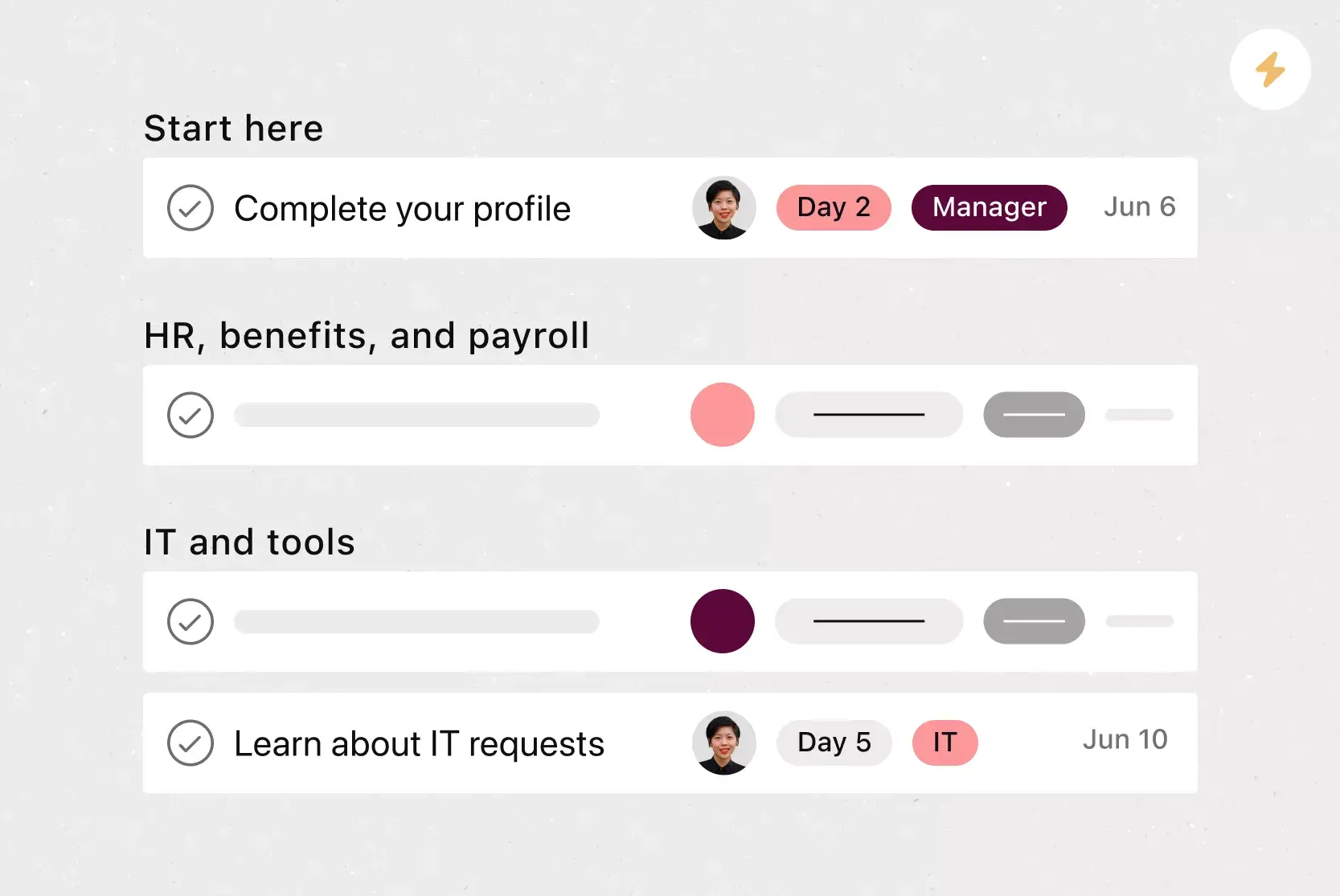
Employee onboarding template
An effective onboarding experience gives new hires an easy way to track their onboarding to-dos in one place. Set new hires on the path to success from day one with our template.
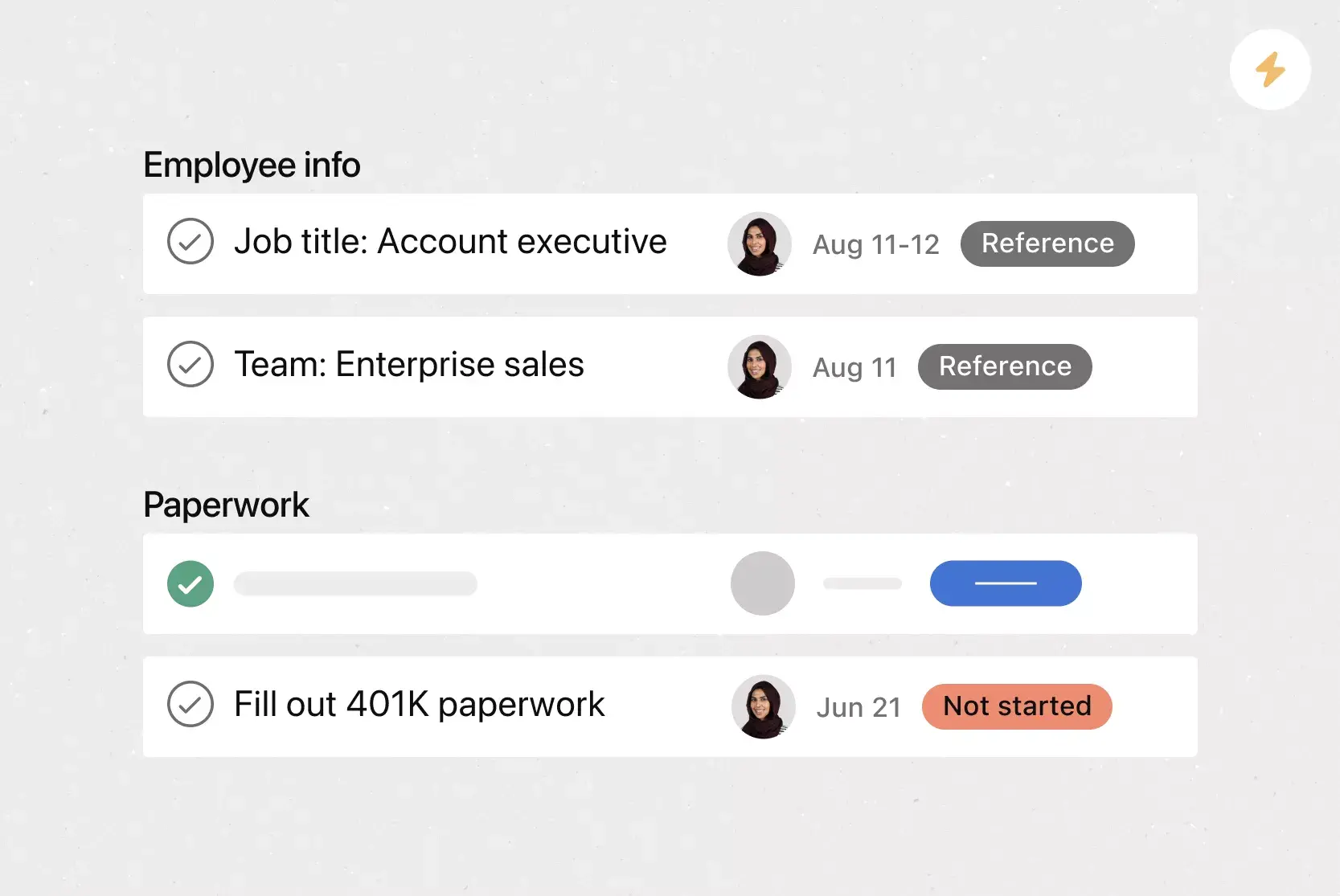
Employee offboarding checklist
Organize your good-byes. Employee offboarding checklist templates streamline the process for departing employees and help everyone with the transition.
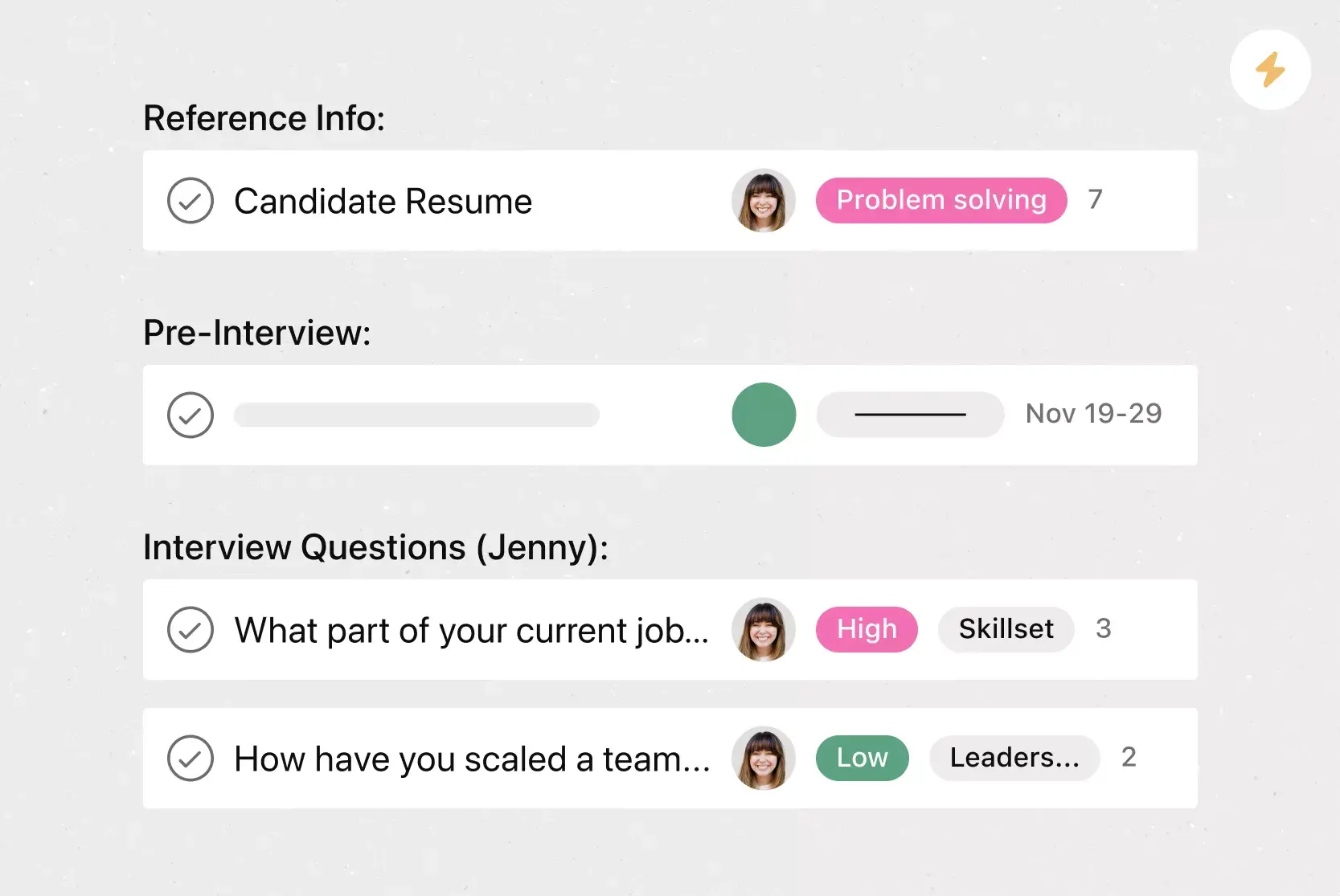
City of Providence recruiting pipeline template
Use this template from the City of Providence to track job candidates through your recruiting pipeline—from resume screens to employee onboarding.
![organizational change transition plan template [Templates] Candidate Tracking (card image)](https://assets.asana.biz/transform/70ec5311-0378-430f-9be6-f7023a8070c6/inline-board-view-hiring-pipeline-2x?io=transform:fill,width:2560&format=webp)
Candidate tracking
Use this template to organize and track candidates for all of your open roles so your team is aligned throughout the hiring process.

Interview questions template and scorecard
Conducting a successful interview with a potential candidate is important for both parties. Be prepared with interview questions, and use this template to get your interview organized beforehand.
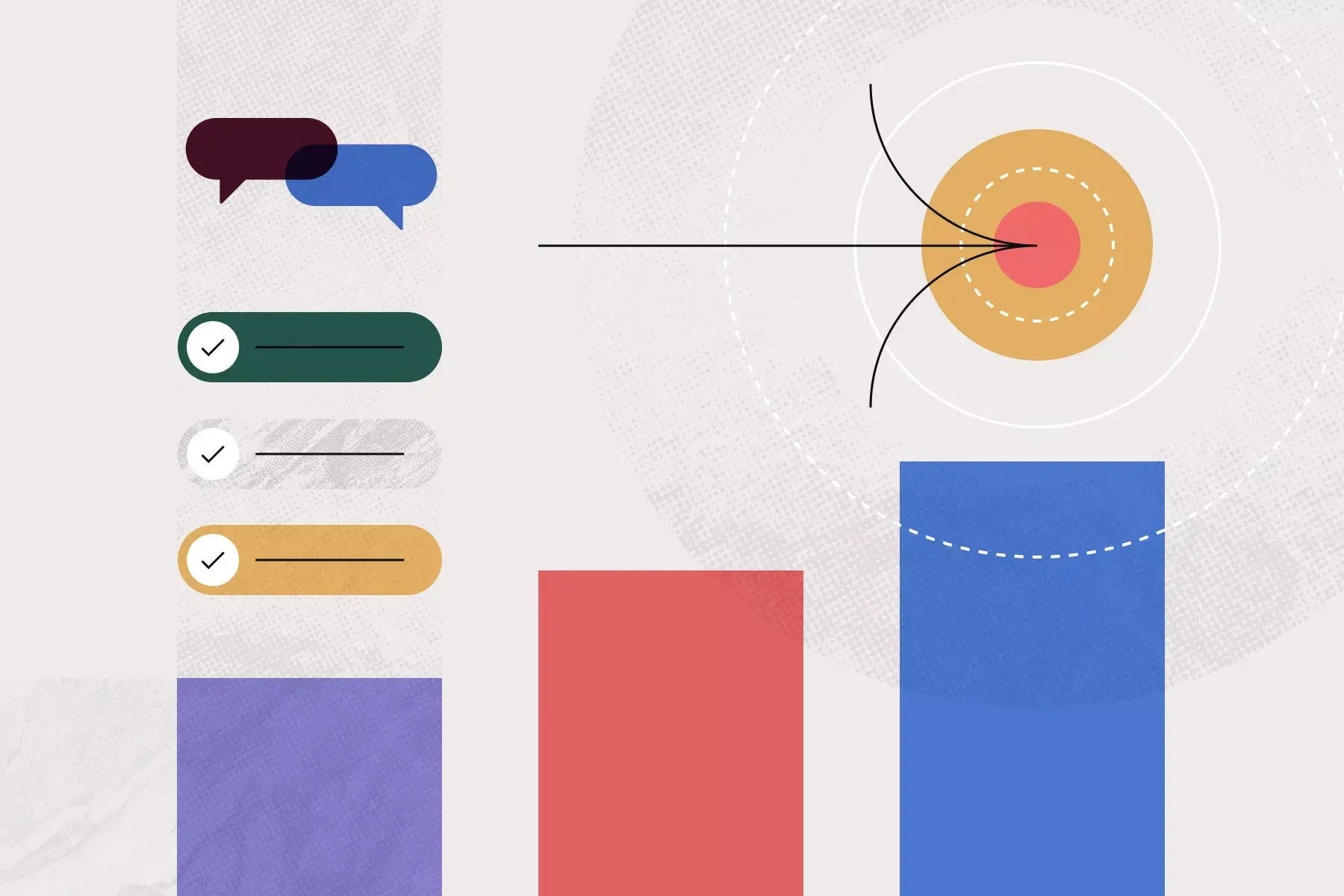
30-60-90 day plan template
A strong onboarding process is essential to help new hires succeed. Create a 30-60-90 day plan template to guide new hires through their first 3 months.
Create templates with Asana
Learn how to create a customizable template in Asana. Get started today.

Organizational Change Management Plan Template
Ensure your organization's upcoming change goes smoothly by personalizing this organizational change management plan template..
- Design Style : modern
- Colors : light
- Size : Letter
- Plan : free
Change is inevitable; how we manage it can spell the difference between success and failure. A change can be in the form of an event or a series of events that alter how we do things. Personal transitions, such as starting a new job, getting into a relationship, or going back to school, can be just as challenging as modifications at work. New technology, downsizing, reorganization, a new boss, or other reasons usually cause changes at work. Whatever the reason, it is essential to have a plan to manage the transition. An organizational change management plan is a formal document developed to guide an organization through a significant transformation to ensure that changes are controlled and consistent. It is designed to support the implementation of changes within an organization. It provides a framework for identifying, assessing, and responding to changes in a systematic and coordinated manner. The strategy should include a clear description of the change and the roles and responsibilities of those involved. It also needs to outline the change's reasons, goals, timeframe, and resources. The program should also include plans for the
Read more >
Explore more

IMAGES
VIDEO
COMMENTS
A transition plan is a document that helps companies navigate changes such as retirement or resignation from leadership roles, structural changes within an organization, mergers with other companies, or transitions between stages of business planning. While the types of changes and level of risk may vary among organizations, transition planning is important for all companies in order to ...
7 Useful Change Management Plan Templates in 2024. Here are 6 of the most useful change management plan templates in 2024 - plus a bonus ebook download to help craft your enterprise change strategy. Download and use these templates for your own organizational change initiatives - let's get started. 1. Change Proposal Template.
A change management plan template is a repeatable framework that you can use to establish change management plans. You can use this template to set the stage for organizational change, so that when change happens, your team can prepare for the resulting process shifts. Change management plans are used to help transition teams from one process ...
The organization transition plan provides a focal point for compiling, scheduling and managing all the tasks that will be required to transition from the old to the new organization. The overall approach - 'big bang' versus 'phased' approach, for instance - will be determined by the scope and scale of the change program.
The transition plan template has everything you need to organize project data for a seamless transition. It simplifies the process of updating key contacts on team progress and creating comprehensive checklists for a simple project transition. Download This Template. 3. ClickUp Change Management Plan Gantt Template.
a. Utilizing the Change Management Plan template. A Change Management Plan template can be an invaluable tool for organizing the various elements of your change initiative. The template should outline the timeline, tasks, activities, dependencies, and milestones that will guide the transition from the current to the future state.
With our 9 free change management plan templates, you can effectively guide your business through change. These templates are just what you need to succeed in an ever-changing business landscape. Lewin's Change Management Model Process Checklist; Bridges Transition Model Process Checklist; ADKAR Model Change Management Process Checklist
Organizational Change Management (OCM) is a process that helps companies manage changes to their organizational structure, processes and/or technologies. This process involves planning, communication, training, implementation, and measurement to ensure that changes are successful and that all employees are engaged in the transition. An OCM plan ...
This organizational transition plan template is designed to help organizations of all sizes and industries create a plan that outlines their transition process. It includes detailed objectives, measurable targets (KPIs), and actionable projects that ensure that the transition is successful and all stakeholders are aligned with the process. 1.
This transition plan template is designed for managers and teams involved in organizational change, restructuring, or transitioning to new systems, processes, or procedures. It provides a framework for developing a clear and comprehensive transition plan, as well as a way to measure the success of the transition.
With this transition plan template, you acquire a strategic ally that empowers you to manage transitions effectively. It's crafted to align seamlessly with your unique objectives, offering a lucid and straightforward approach to navigating the complexities of change management. This template doesn't just guide you; it equips you with the tools ...
The Organizational Change Management Plan Template provides a structured roadmap to assess the organization's current state, define clear objectives and implement effective change strategies. With a focus on engaging stakeholders and fostering a culture of adaptability, this plan ensures a seamless transition to the desired future state.
Use the change management plan template to create a cost and benefits outline if your organization faces many change requests. Templates ; Change Management Plan ; available . Change Management Plan . Used 4,872 times . Drive successful organizational change with our expertly crafted Change Management Plan Template. ... Transition plan: The key ...
This toolkit begins with an introduction to the importance of change management and goes over the seven components necessary to effectively manage change. It is organized into four main sections: (1) Change Management Pre-work. (2) Manage Personal Transitions (resistance) (3) Develop Change Plan.
Measurable targets, on the plan, help to focus the team and also to provide status checks along the way. Test it on your friends. Show your transition plan to a friend, and see if they understand it. Give them five minutes to read it, then ask them questions to see if they were able to understand it.
Then there are four key steps that describe most transitions involving Lean Six Sigma Projects: Simplify, Streamline and Standardize (Lean) Optimize (Six Sigma) Expand into New Domains (Innovation) Competitive Advantage (pulling ahead of the competition) Most changes will require changes to people, processes and technology.
This organizational change plan template is designed to help leaders and transformation teams in organizations of all sizes and industries create an effective plan to manage organizational change. It provides a comprehensive framework to assess the current state, develop a strategic plan, and implement change in an organized and structured way. 1.
Our free change log template for Excel is part of any thorough change management plan. It is the next step once a change has been proposed and authorized by the project manager. This free template has space to write the change request type, the date it was identified, a brief description, the priority and its status.
Step 4: Create Your Desired Document. Once you are in the workspace, click on the ' Create New' button. Select 'From Template' in the dropdown. A pop-up will display allowing you to select a template from the gallery. In the search box on the top left corner, you can search for a "transition plan template".
Master Change Management Plan. The Master Change Management Plan is the deliverable from Phase 2 - Manage Change. It describes the high-level blueprint and specific plan or plans to be developed for the change project, including the actions, roles and timelines to prepare, equip and support people to achieve their ADKAR transitions.
When you create a transition plan template in a project management tool instead of a static document, you can: Standardize the information team members share when they transition. Ensure team members pass along key information before they leave. Track the progress of transitions in real time. Keep projects moving and make sure key information ...
An organizational change management plan is a formal document developed to guide an organization through a significant transformation to ensure that changes are controlled and consistent. It is designed to support the implementation of changes within an organization. It provides a framework for identifying, assessing, and responding to changes ...
Human Resources critically influences organizational success in the ever-changing realm of business. It's crucial to adapt strategically. Delve into our latest article that details 11 key steps for designing a potent HR Transformation Project Plan. Your path to impactful change starts now. #HRLeadership #HRTransformation #HumanResources